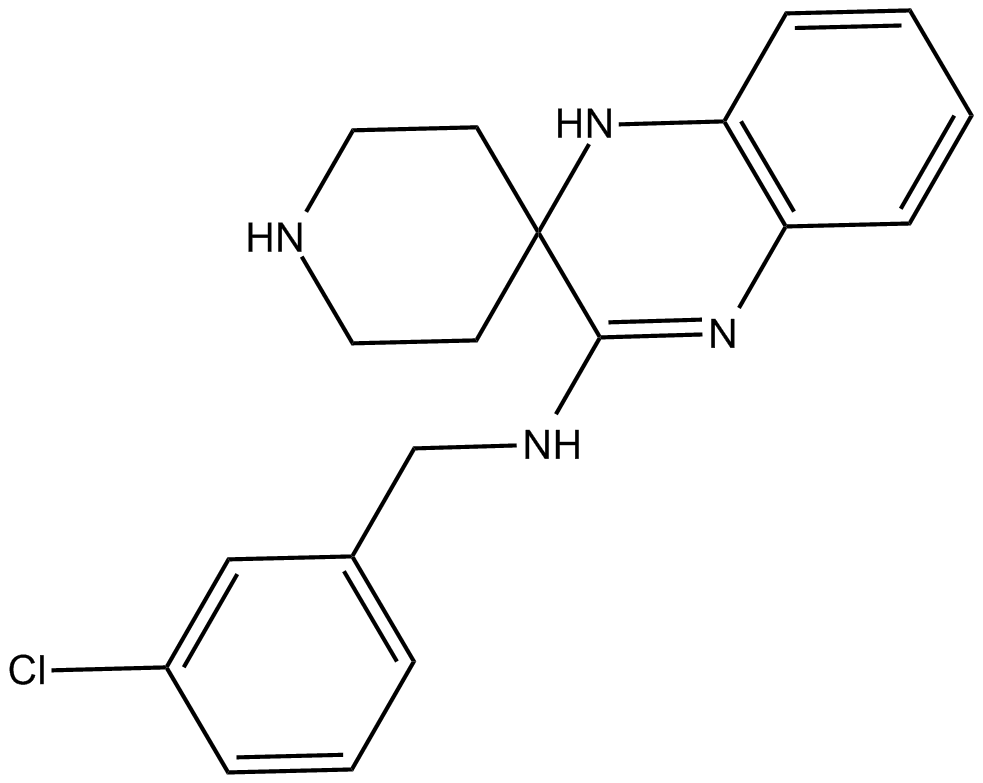Ferroptosis
Ferroptosis is a unique iron-dependent form of nonapoptotic cell death. It is triggered by oncogenic RAS-selective lethal small molecule erastin. Acitvation of ferroptosis lead to nonapoptotic destruction of cancer cells.
Products for Ferroptosis
- Cat.No. Product Name Information
-
GC14049
(-)-Epigallocatechin gallate (EGCG)
(-)-Epigallocatechin Gallate sulfate (EGCG) is a major polyphenol in green tea that inhibits cell proliferation and induces apoptosis. In addition, it inhibits the activity of glutamate dehydrogenase 1/2 (GDH1/2, GLUD1/2) ..
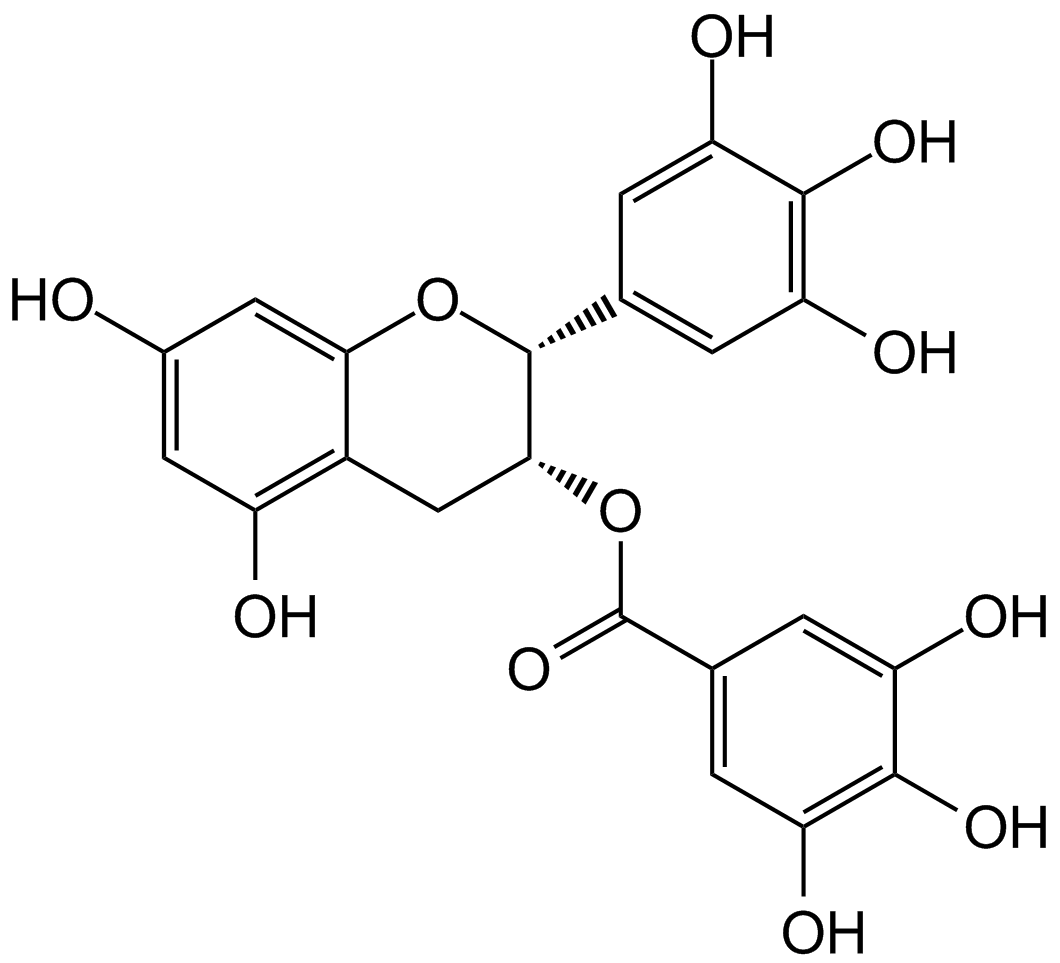
-
GC45248
(-)-FINO2
(-)-FINO2 is a ferroptosis-inducing peroxide compound that indirectly inhibits glutathione peroxidase 4 (GPX4) and oxidizes iron.

-
GC34980
(E)-Ferulic acid
(E)-Ferulic acid is a isomer of Ferulic acid which is an aromatic compound, abundant in plant cell walls. (E)-Ferulic acid causes the phosphorylation of β-catenin, resulting in proteasomal degradation of β-catenin and increases the expression of pro-apoptotic factor Bax and decreases the expression of pro-survival factor survivin. (E)-Ferulic acid shows a potent ability to remove reactive oxygen species (ROS) and inhibits lipid peroxidation. (E)-Ferulic acid exerts both anti-proliferation and anti-migration effects in the human lung cancer cell line H1299.
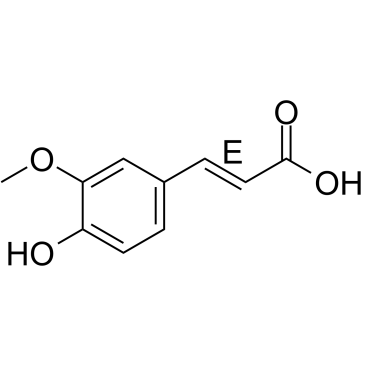
-
GA11210
(H-Cys-OH)2
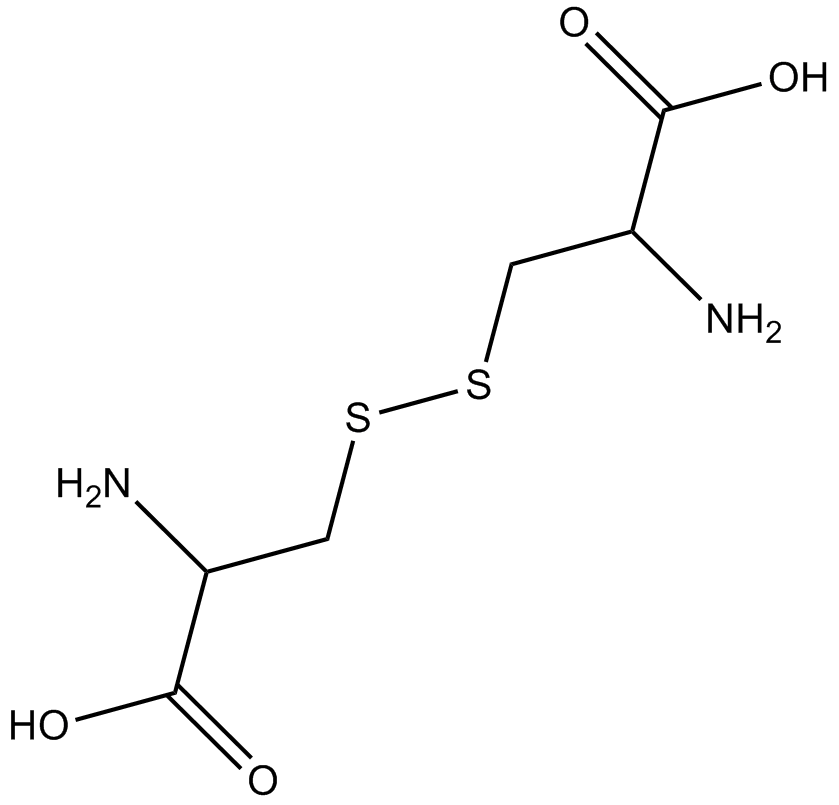
-
GC52290
(R)-HTS-3
An inhibitor of LPCAT3

-
GC46352
(S)-DO271
An inactive control for DO264

-
GC49034
1(R)-(Trifluoromethyl)oleyl alcohol
An oleic acid analog

-
GC42039
1-Stearoyl-2-15(S)-HETE-sn-glycero-3-PC
1-Stearoyl-2-15(S)-HETE-sn-glycero-3-PC is a phospholipid that contains stearic acid at the sn-1 position and 15(S)-HETE at the sn-2 position.

-
GC42040
1-Stearoyl-2-15(S)-HETE-sn-glycero-3-PE
1-Stearoyl-2-15(S)-HETE-sn-glycero-3-PE is a phospholipid that contains stearic acid at the sn-1 position and 15(S)-HETE at the sn-2 position.

-
GC49730
1-Stearoyl-2-15(S)-HETE-sn-glycero-3-PE-d11
An internal standard for the quantification of 1-stearoyl-2-15(S)-HETE-sn-glycero-3-PE

-
GC42041
1-Stearoyl-2-15(S)-HpETE-sn-glycero-3-PC
1-Stearoyl-2-15(S)-HpETE-sn-glycero-3-PC is a phospholipid that contains stearic acid at the sn-1 position and 15(S)-HpETE at the sn-2 position.

-
GC42042
1-Stearoyl-2-15(S)-HpETE-sn-glycero-3-PE
1-Stearoyl-2-15(S)-HpETE-sn-glycero-3-PE is a phospholipid that contains stearic acid at the sn-1 position and 15(S)-HpETE at the sn-2 position.

-
GC52413
5-Aminosalicylic Acid-d7
An internal standard for the quantification of 5-aminosalicylic acid

-
GC11786
Acetylcysteine
Acetylcysteine is the N-acetyl derivative of CYSTEINE.
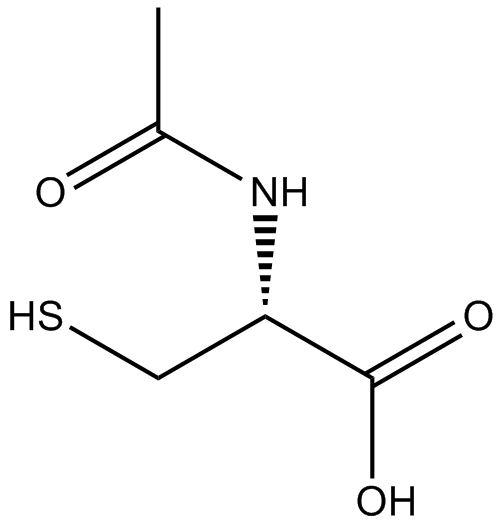
-
GC15130
Alogliptin (SYR-322)
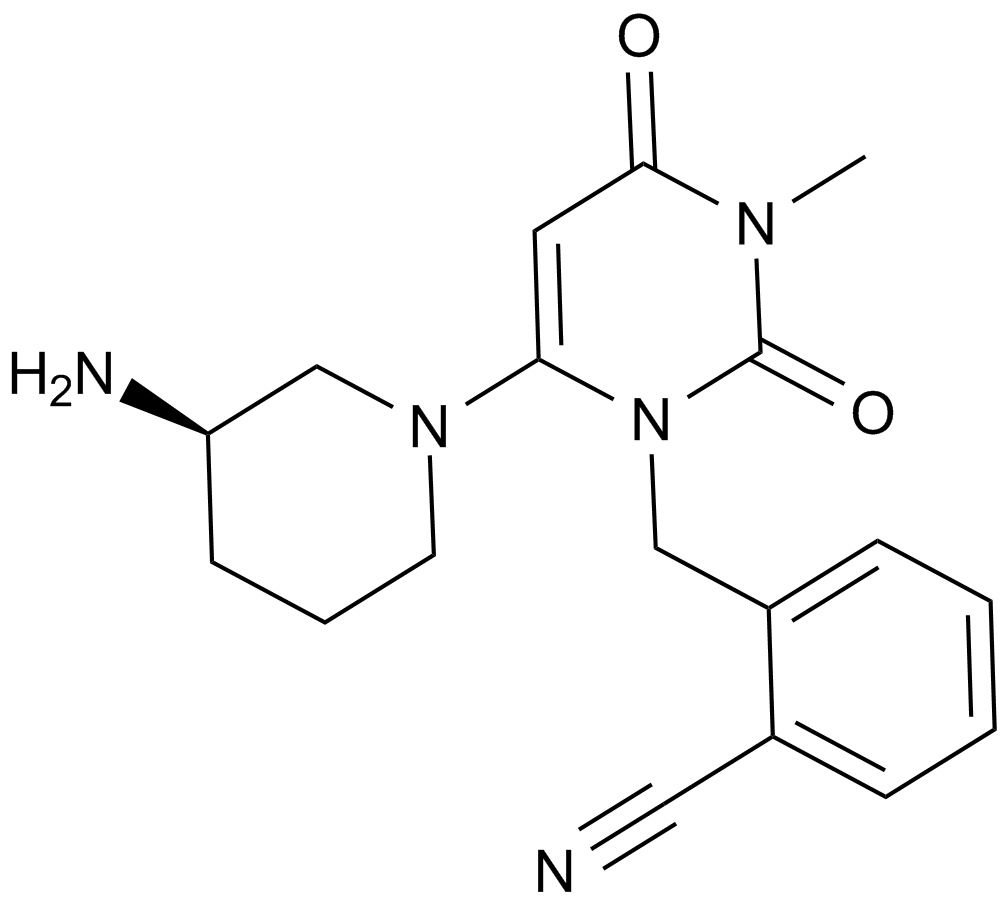
-
GC61895
Ammonium iron(III) citrate
Ammonium iron(III) citrate (Ammonium ferric citrate), a physiological form of nonetransferrin-bound iron, induces intracellular iron overload to cause ferroptosis. Ammonium iron(III) citrate can enhance protein production.
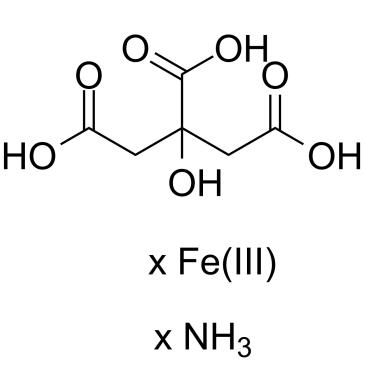
-
GC65163
Ardisiacrispin B
Ardisiacrispin B displays cytotoxic effects in multi-factorial drug resistant cancer cells via ferroptotic and apoptotic cell death.
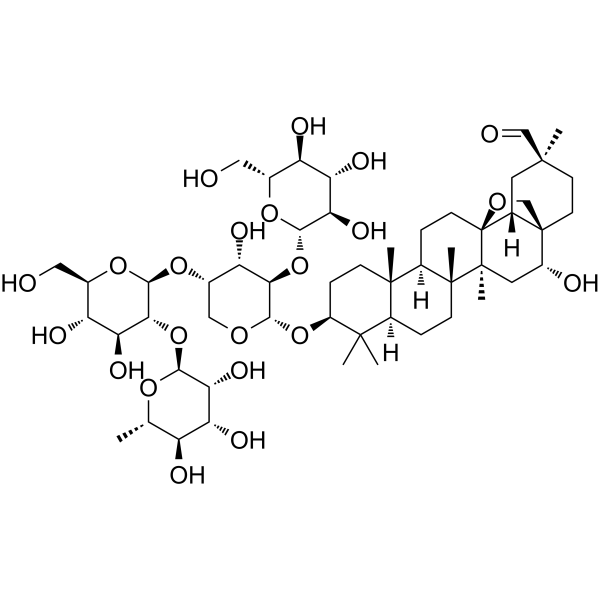
-
GC35398
Arteannuin B
Arteannuin B co-occurs with artemisinin, which is the potent antimalarial principle of the Chinese medicinal herb Artemisia annua (Asteraceae).
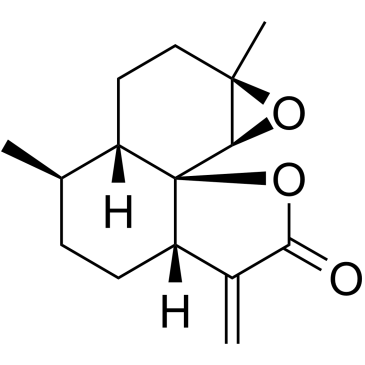
-
GC35399
Artefenomel
An antimalarial agent
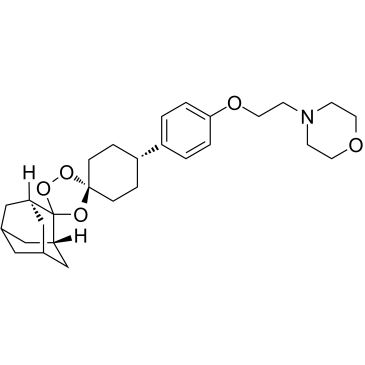
-
GN10647
Artemisinine
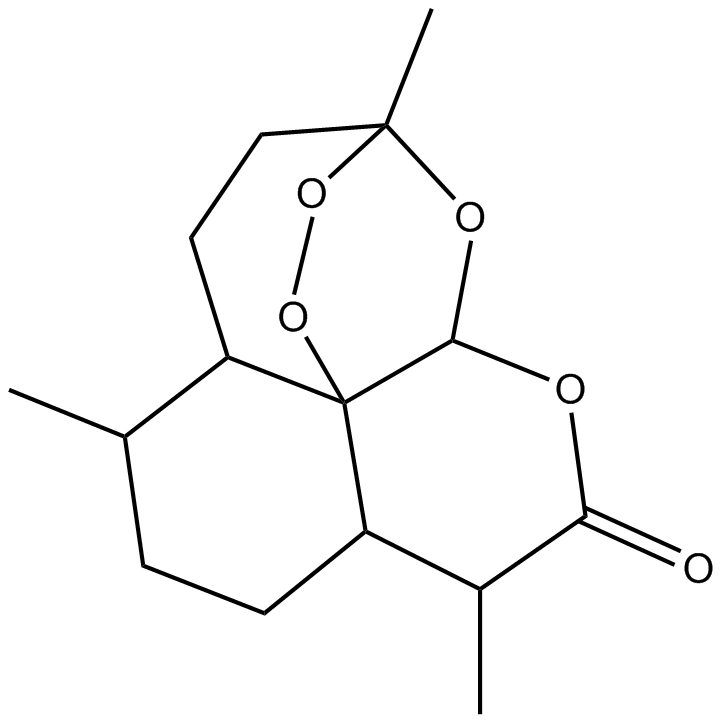
-
GC10889
Artesunate
Derivative of the natural product artemisinin
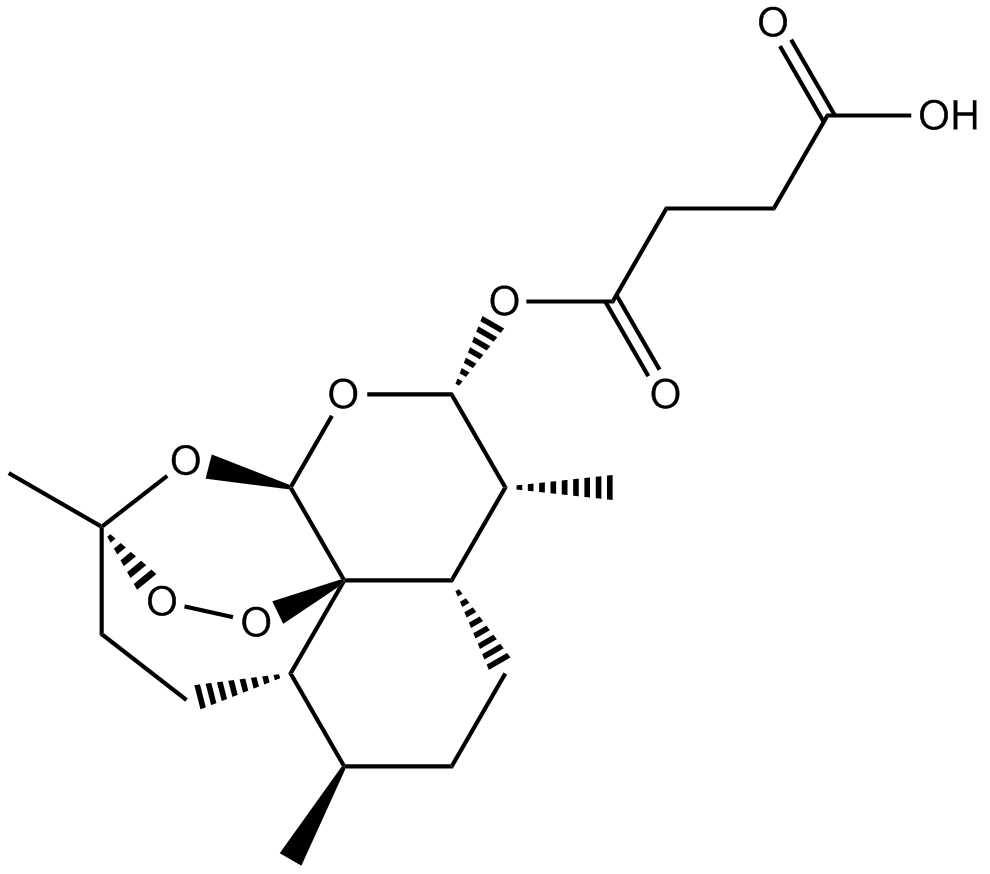
-
GC14038
Atorvastatin Calcium
An HMG-CoA reductase inhibitor
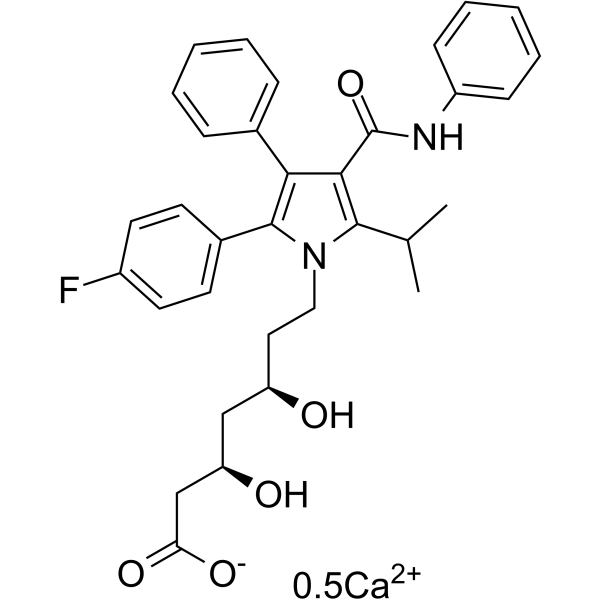
-
GN10158
Baicalein
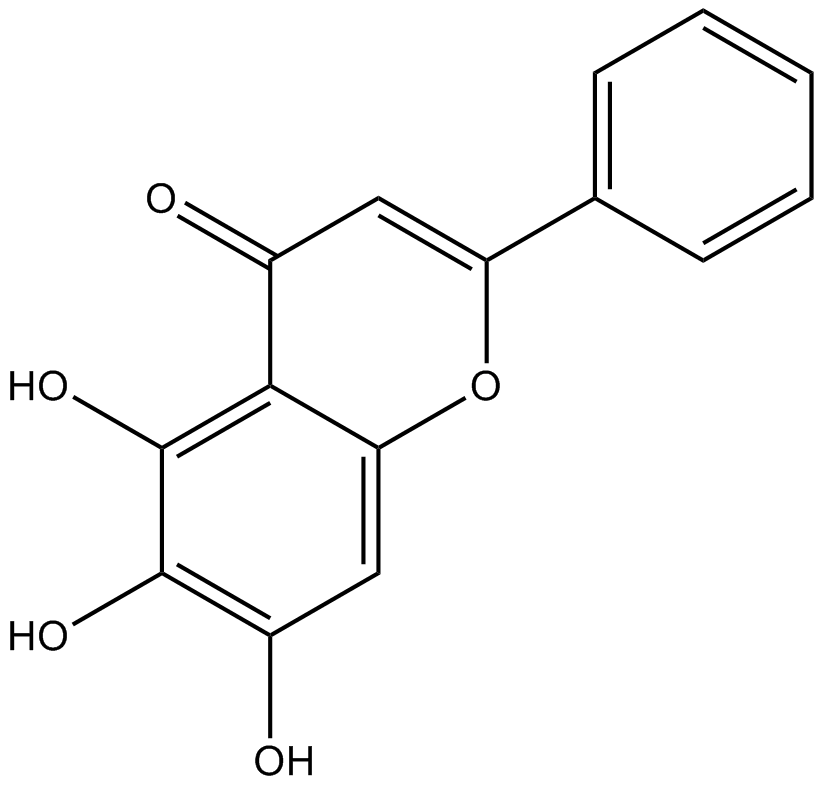
-
GC11572
Bardoxolone methyl
A synthetic triterpenoid with potent anticancer and antidiabetic activity
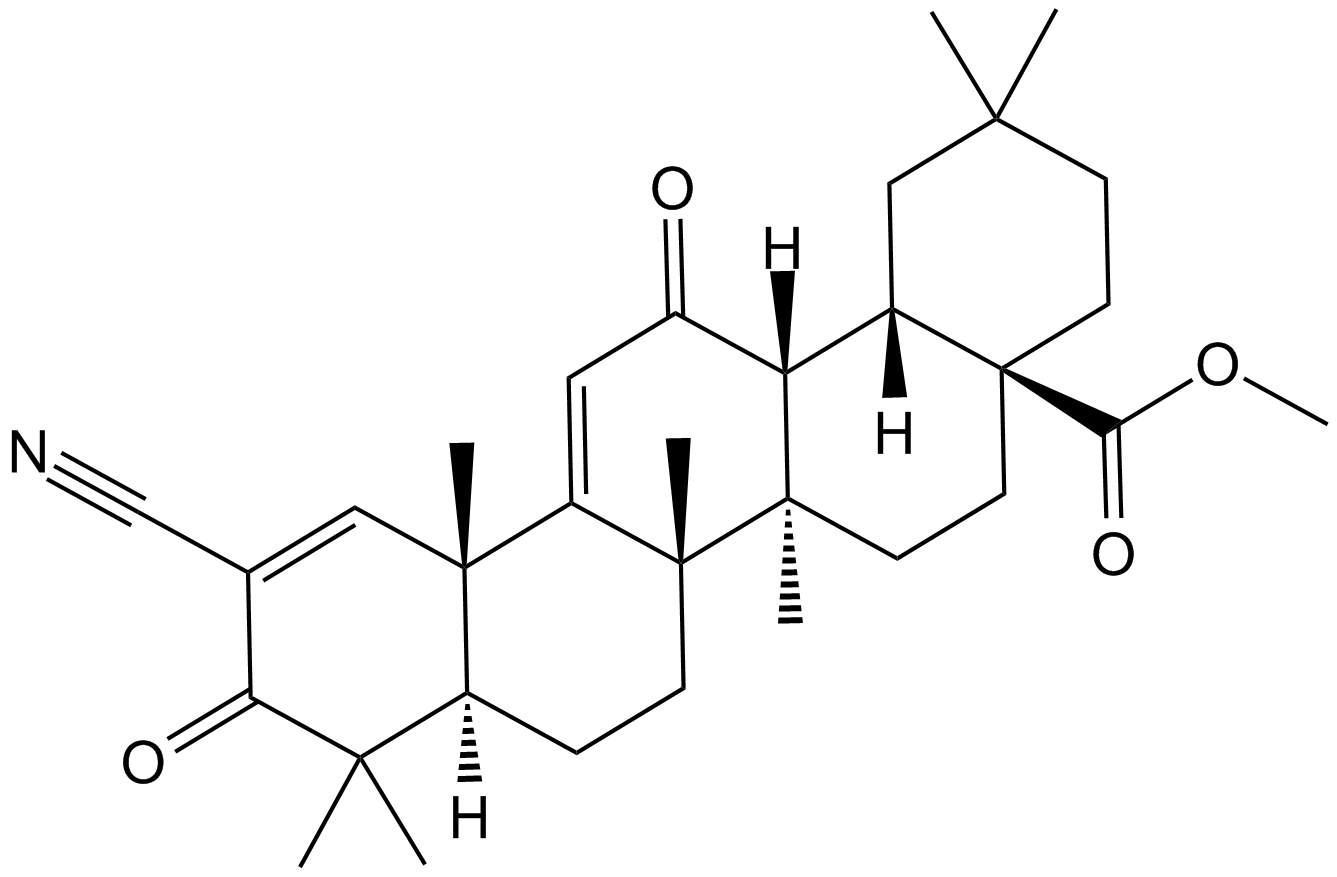
-
GC10345
Bay 11-7085
NK-κB activation inhibitor
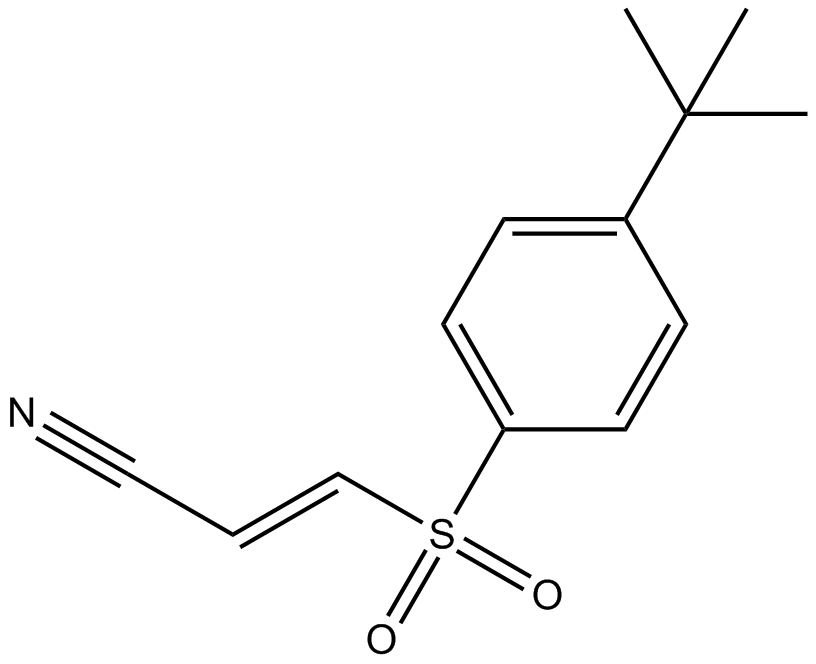
-
GC12698
BAY 87-2243
A HIF-1 inhibitor,potent and selective
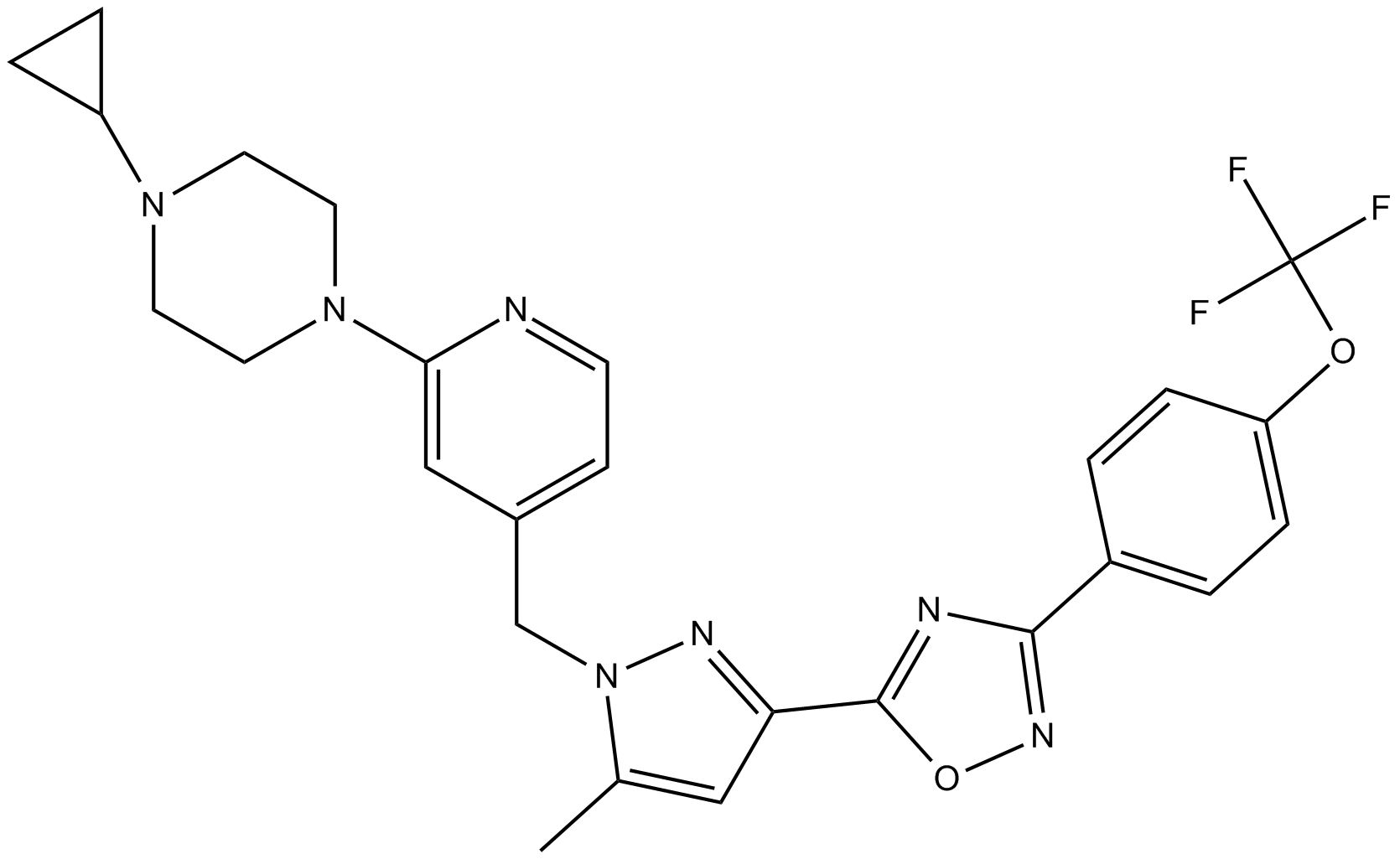
-
GC52317
BCP-T.A.
A ferroptosis inducer

-
GC42928
BHT
BHT is an antioxidant widely used in foods and in food-related products. BHT is a Ferroptosis inhibitor.

-
GC34070
Brusatol (NSC 172924)
Brusatol (NSC 172924) (NSC172924) is a unique inhibitor of the Nrf2 pathway that sensitizes a broad spectrum of cancer cells to Cisplatin and other chemotherapeutic agents. Brusatol (NSC 172924) enhances the efficacy of chemotherapy by inhibiting the Nrf2-mediated defense mechanism. Brusatol (NSC 172924) can be developed into an adjuvant chemotherapeutic agent. Brusatol (NSC 172924) increases cellular apoptosis.
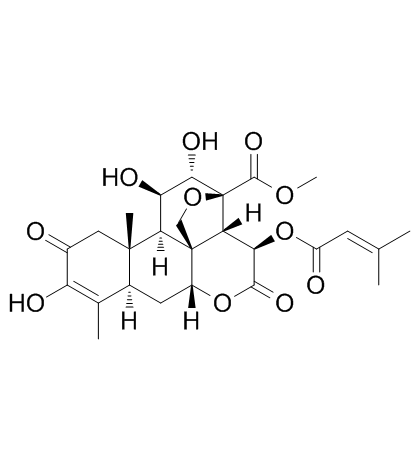
-
GC30067
Butylhydroxyanisole (Butylated hydroxyanisole)
Butylhydroxyanisole (Butylated hydroxyanisole) (Butylated hydroxyanisole) is an antioxidant used as a food additive preservative.
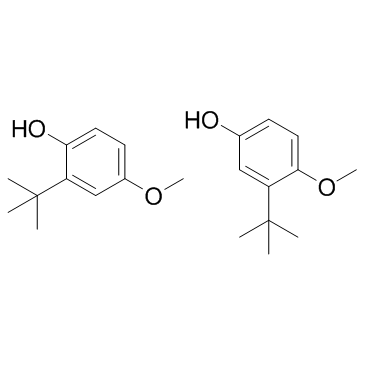
-
GC47065
CAY10773
A derivative of sorafenib

-
GC32723
CDDO-Im (RTA-403)
CDDO-Im (RTA-403) (RTA-403) is an activator of Nrf2 and PPAR, with Kis of 232 and 344 nM for PPARα and PPARγ.
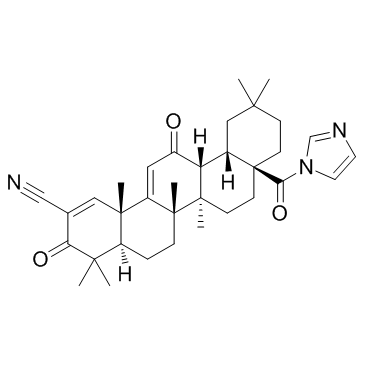
-
GC43231
Cerivastatin (sodium salt)
Cerivastatin (sodium salt) is a synthetic lipid-lowering agent and a highly potent, well-tolerated and orally active HMG-CoA reductase inhibitor, with a Ki of 1.3 nM/L.

-
GC45792
Chlorido[N,N'-disalicylidene-1,2-phenylenediamine]iron(III)
An inducer of ferroptosis
![Chlorido[N,N'-disalicylidene-1,2-phenylenediamine]iron(III) Chemical Structure Chlorido[N,N'-disalicylidene-1,2-phenylenediamine]iron(III) Chemical Structure](/media/struct/GC4/GC45792.png)
-
GC35692
Chrysosplenetin
A flavonoid with diverse biological activities
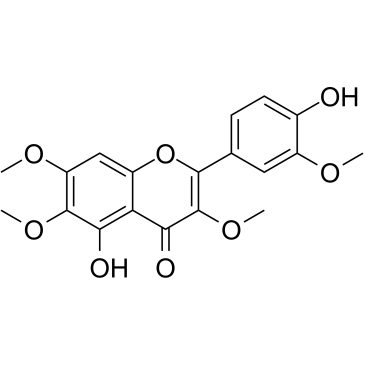
-
GC10132
Ciclopirox
broad-spectrum antifungal agent
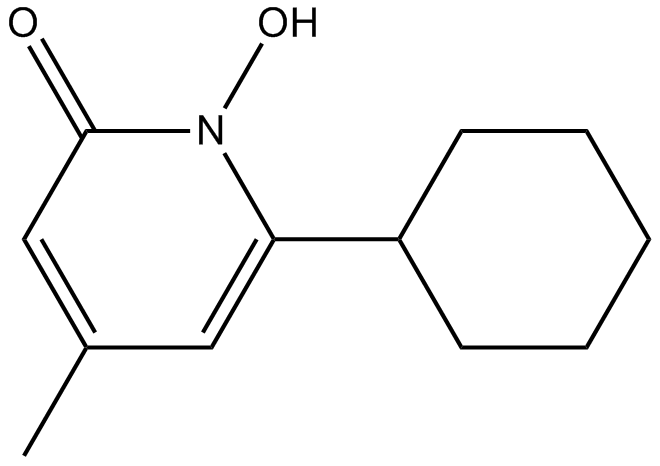
-
GC11120
Ciclopirox ethanolamine
Ciclopirox ethanolamine (Ciclopirox ethanolamine) is a synthetic antifungal agent that can be used for superficial mycoses reseaech.
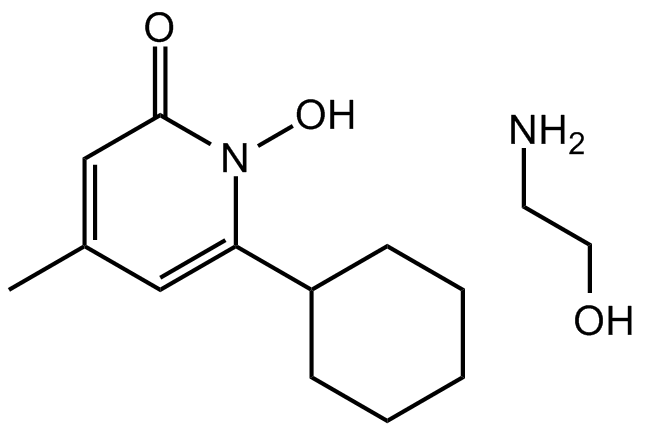
-
GC32237
CIL56
An inducer of non-apoptotic cell death; YAP1 (YES related protein 1) targeted inhibitor
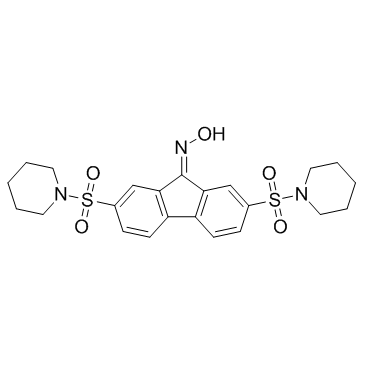
-
GC11908
Cisplatin
Cisplatin is one of the best and first metal-based chemotherapeutic drugs, which is used for wide range of solid cancers such as testicular, ovarian, bladder, lung, cervical, head and neck cancer, gastric cancer and some other cancers.

-
GN10668
Coenzyme Q10
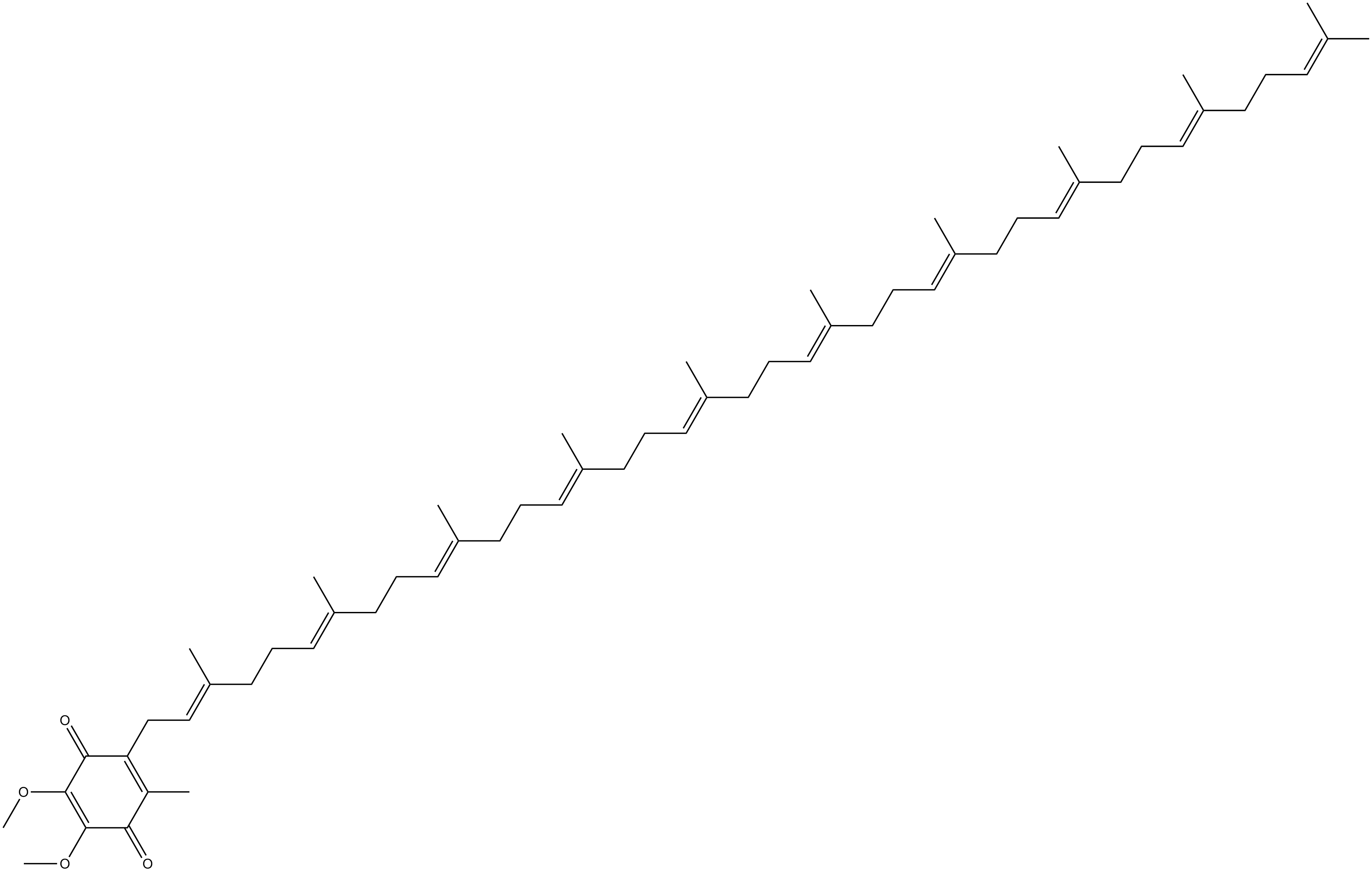
-
GC43297
Coenzyme Q2
Coenzyme Q10 is a component of the electron transport chain and participates in aerobic cellular respiration, generating energy in the form of ATP.

-
GC49454
Complex 3
A fluorescent copper complex with anticancer activity

-
GC47123
Coumarin-Quinone Conjugate
A fluorescent substrate for NADH:ubiquinone oxidoreductases

-
GC48954
CP21
An iron chelator

-
GC43329
Cu-ATSM
The metallo-protein Cu/Zn-superoxide dismutase (SOD1) is a ubiquitous enzyme responsible for scavenging superoxide radicals.

-
GC52164
Cu-ATSP
Cu-ATSP, a potent inhibitor of ferroptotic cell death, is almost 20-fold more potent than CuATSM.

-
GC14787
Curcumin
A yellow pigment with diverse biological activities
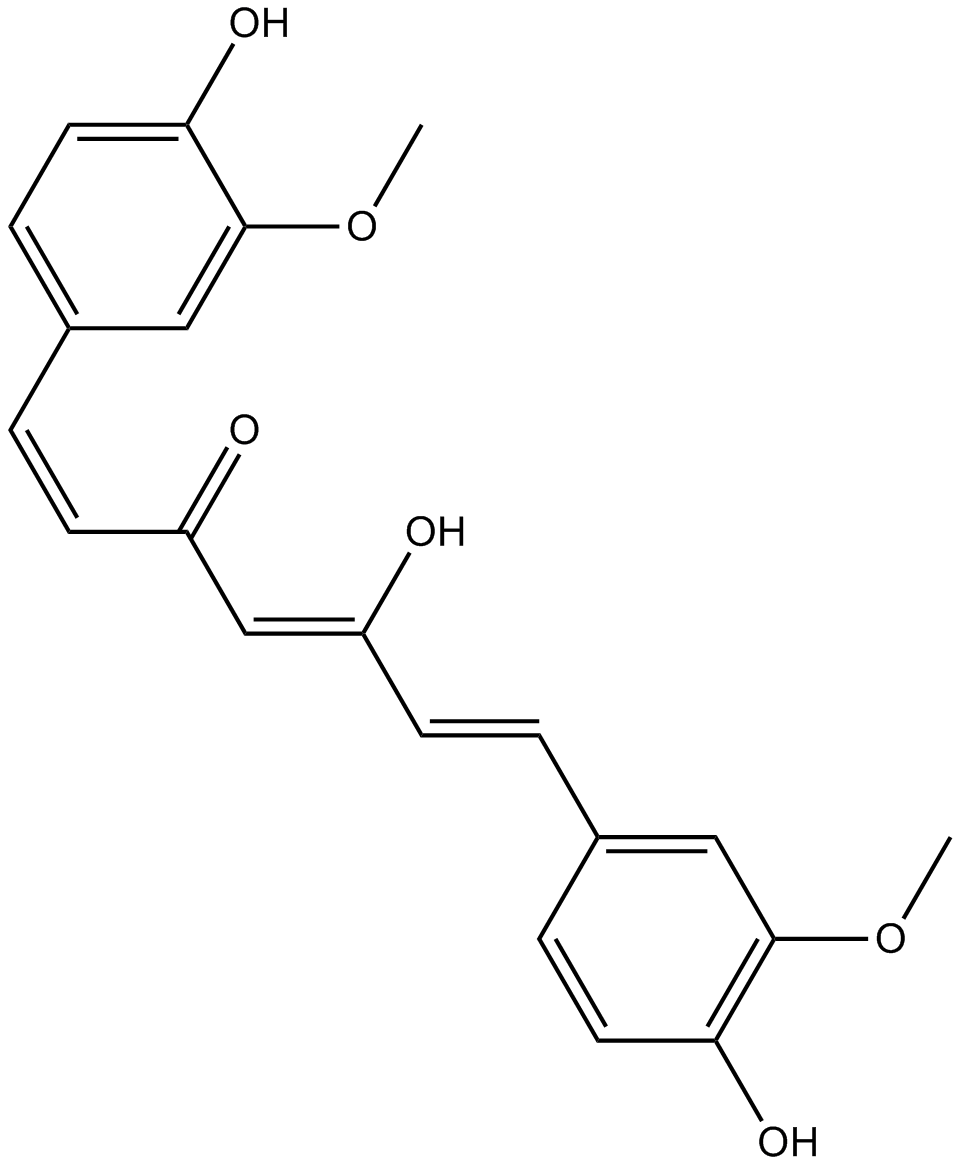
-
GC40226
Curcumin-d6
Curcumin-d6 is intended for use as an internal standard for the quantification of curcumin by GC- or LC-MS.

-
GC10896
Cyclic Pifithrin-α hydrobromide
A stable inhibitor of p53
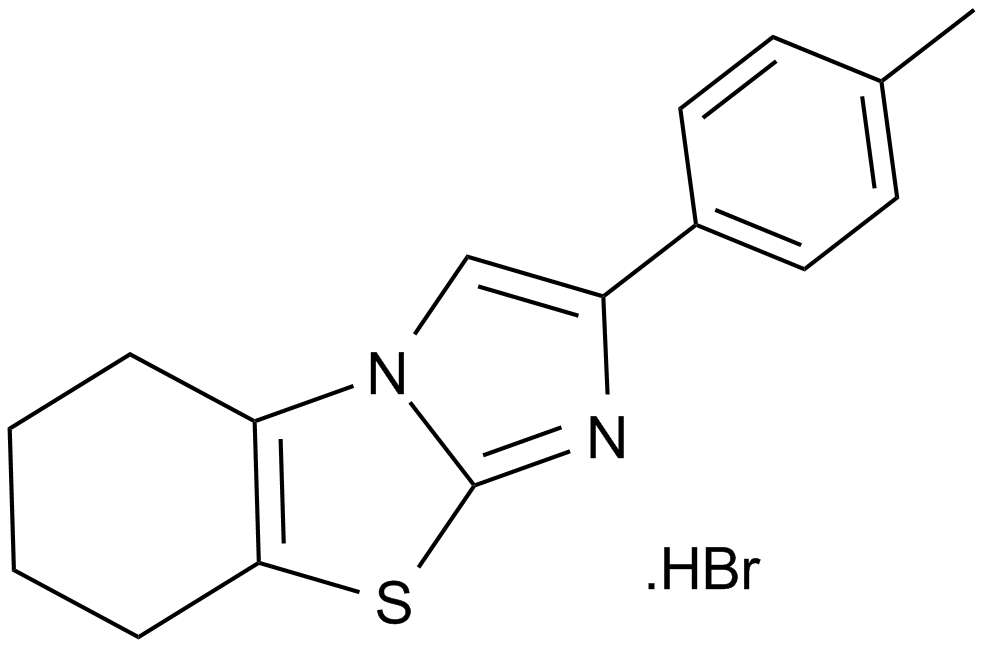
-
GC17198
Cycloheximide
Cycloheximide is an antibiotic that inhibits protein synthesis at the translation level, acting exclusively on cytoplasmic (80s) ribosomes of eukaryotes.
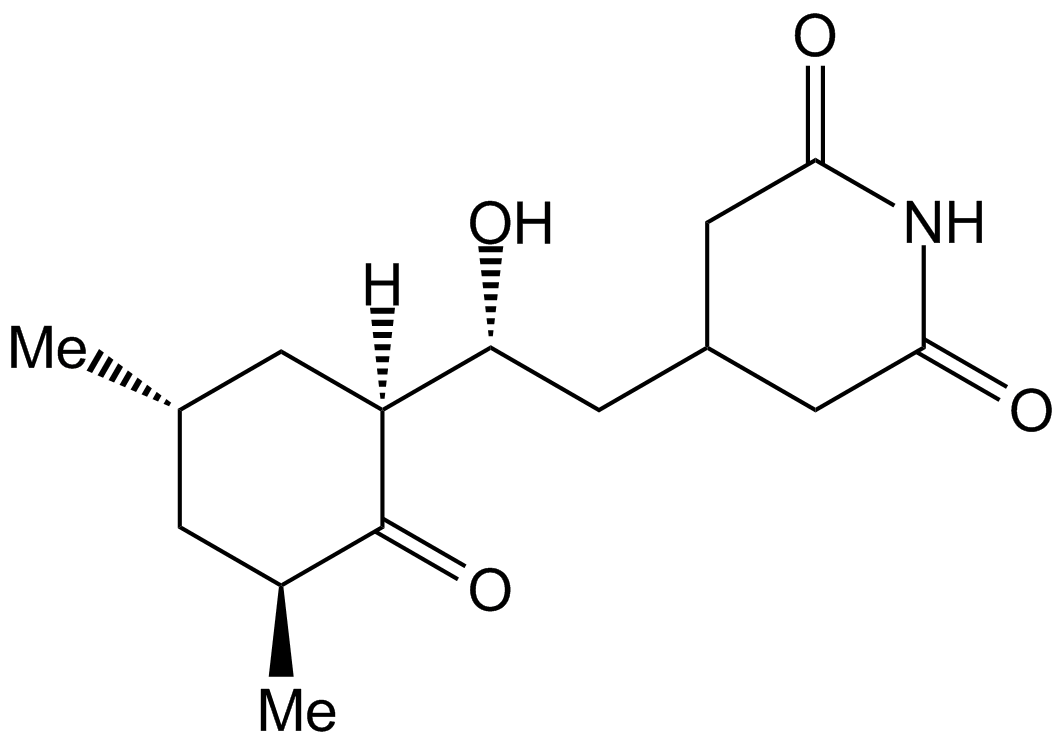
-
GC33023
D,L-Buthionine-(S,R)-sulfoximine (Butionine sulfoximine)
D,L-Buthionine-(S,R)-sulfoximine (Butionine sulfoximine) is a potent inhibitor of glutamylcysteine synthetase biosynthesis.
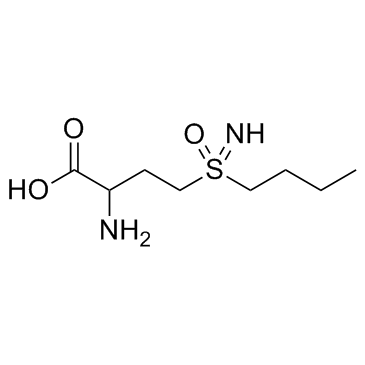
-
GC35795
D,L-Buthionine-(S,R)-sulfoximine hydrochloride
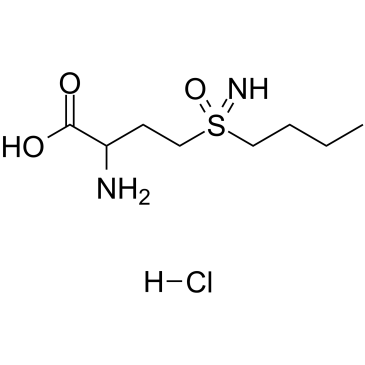
-
GC49868
D-α-Tocopheryl Quinone
An oxidative metabolite of vitamin E

-
GC11835
Deferasirox
Oral iron chelator
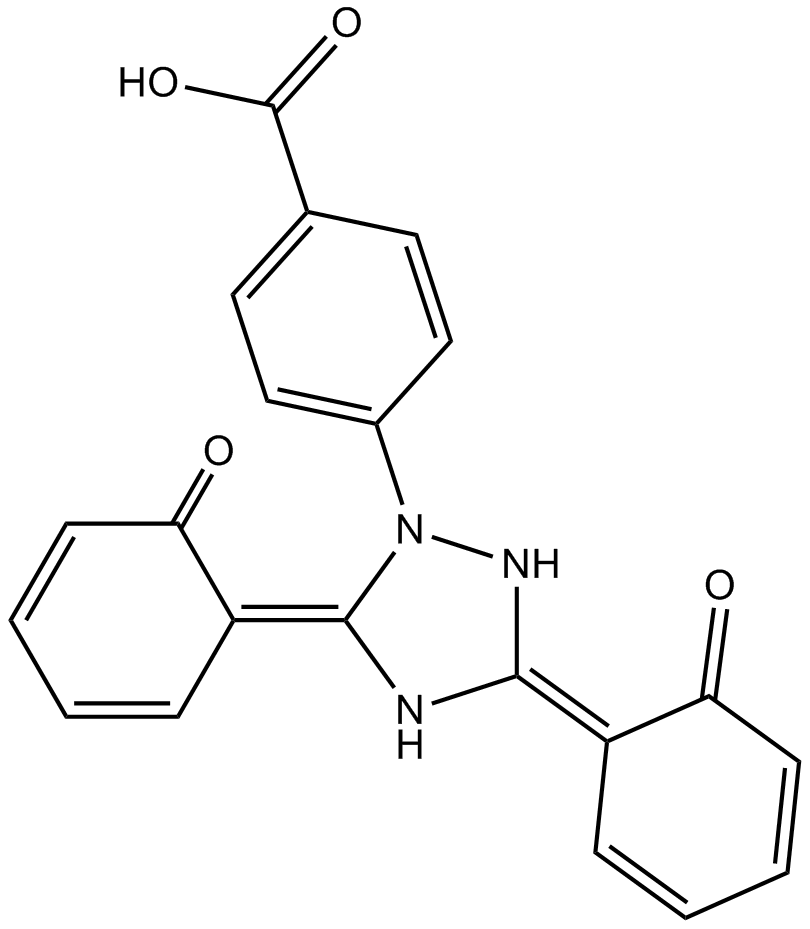
-
GC17412
Deferasirox Fe3+ chelate
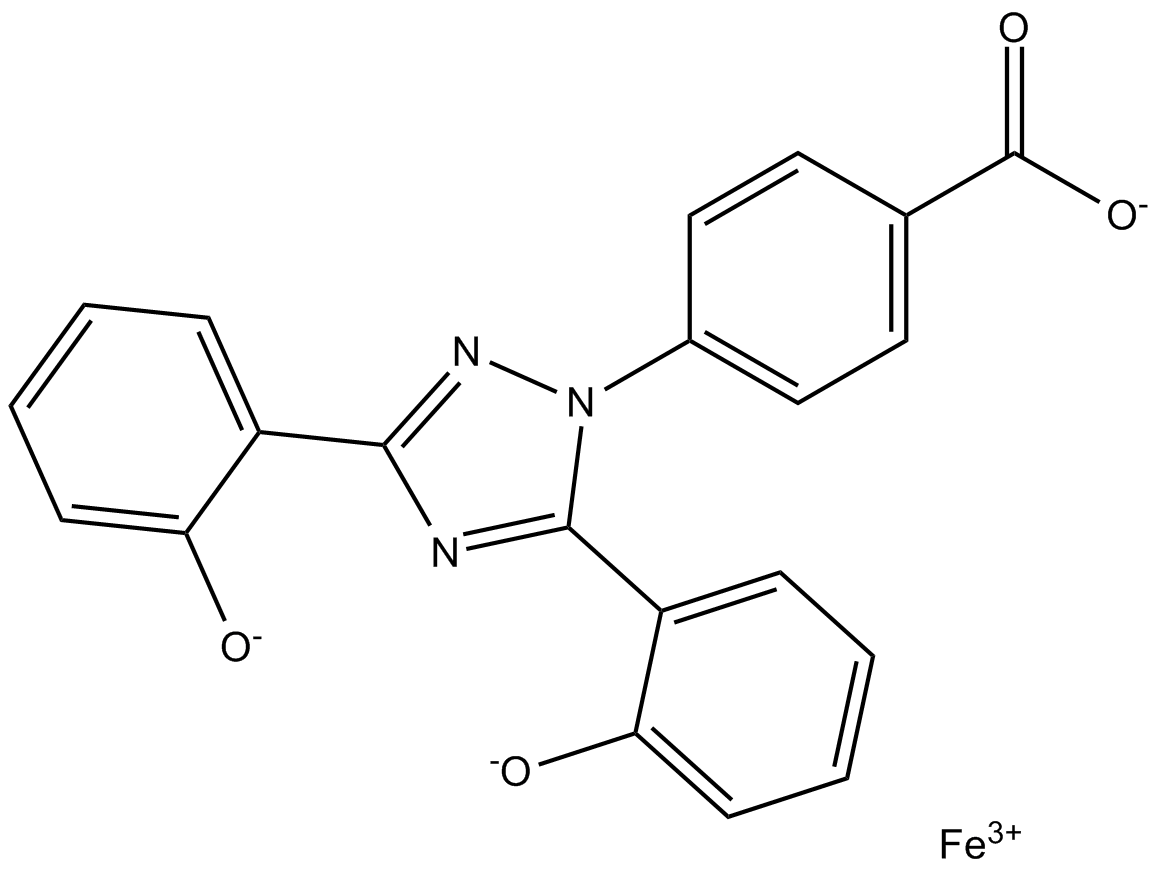
-
GC18101
Deferiprone
Chelating agent

-
GC13554
Deferoxamine mesylate
Deferoxamine mesylate is a drug that chelates iron by forming a stable complex that prevents the iron from entering into further chemical reactions, and is used for the treatment of chronic iron overload in patients with transfusion-dependent anemias.
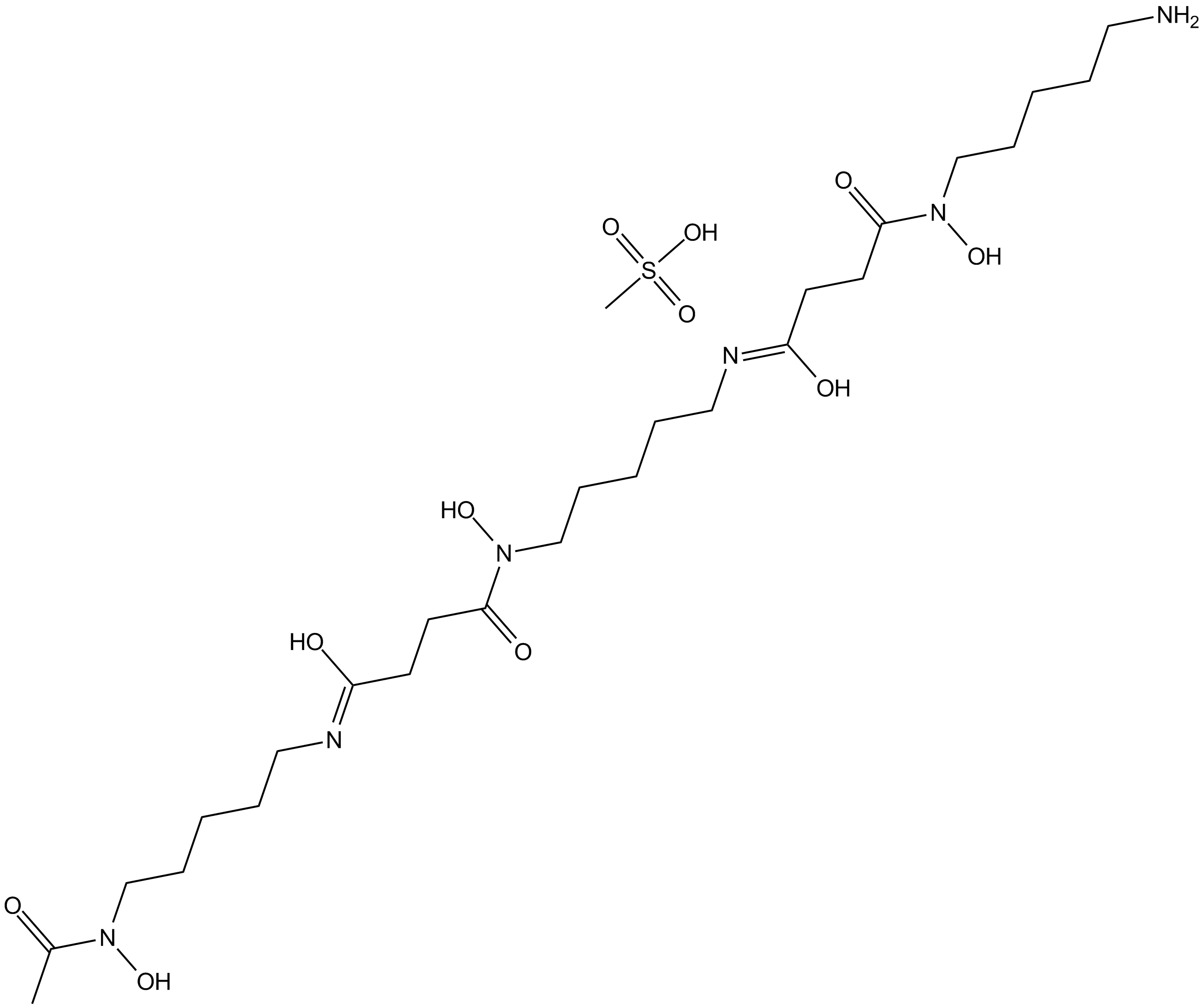
-
GC38429
Dihydroartemisinic acid
A precursor to artemisinin
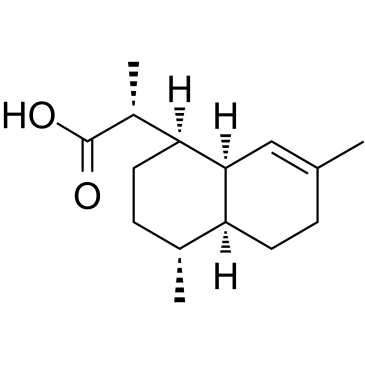
-
GC35876
DL-Glutamine
DL-Glutamine is used for biochemical research and drug synthesis.
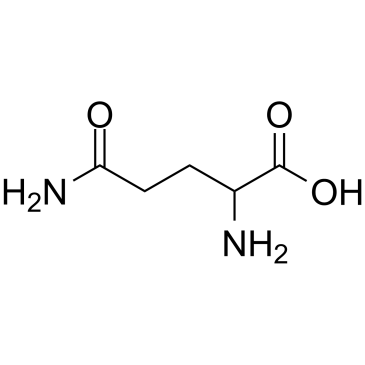
-
GC45995
DO264
An ABHD12 inhibitor

-
GC31940
Docebenone (AA 861)
Docebenone (AA 861) (AA 861) is a potent, selective and orally active 5-LO (5-lipoxygenase) inhibitor.
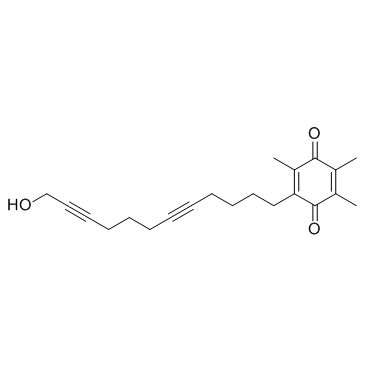
-
GC15399
Dp44mT
iron chelator and anticancer agent
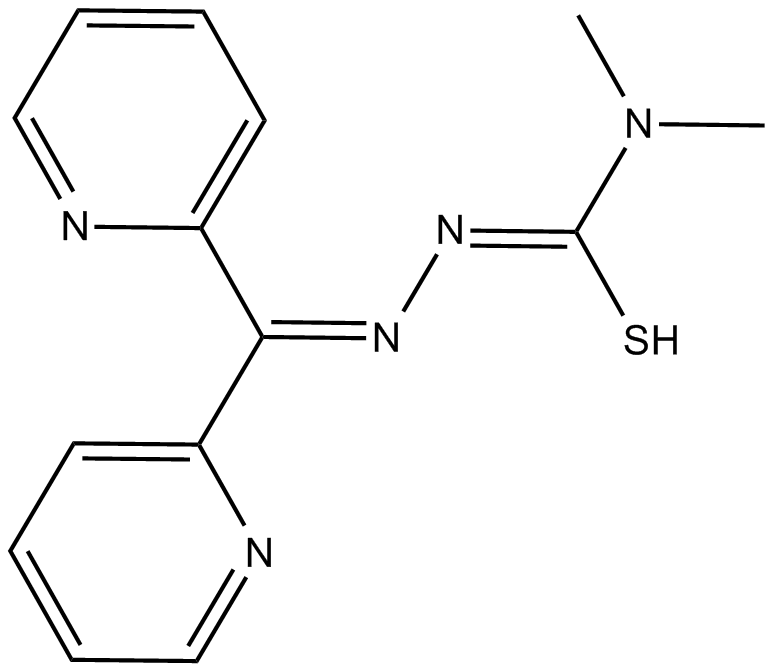
-
GC49058
DTPA
DTPA is a compound used to construct magnetic adsorbent, which can simultaneously remove heavy metal and dye from complex wastewater.

-
GC48650
DTUN
A lipophilic hyponitrite radical initiator

-
GC10331
Ebselen
A peroxynitrite scavenger
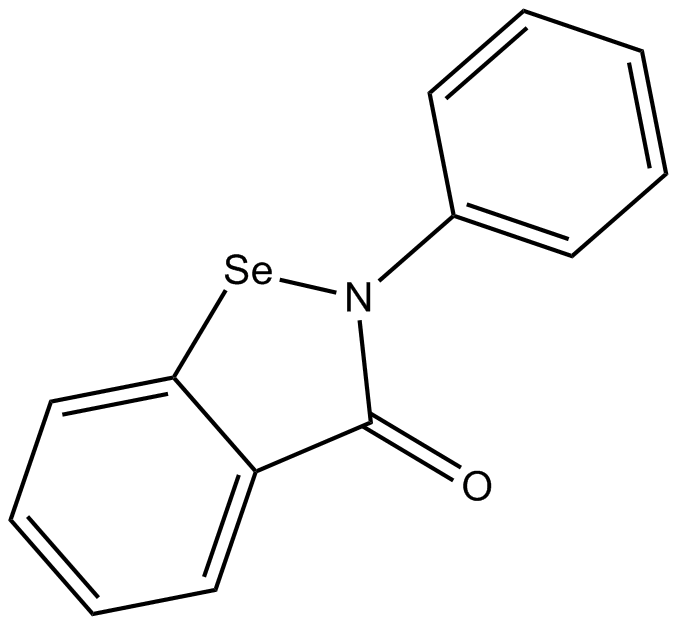
-
GC16630
Erastin
Erastin is a cell-permeable ferroptosis activatior and antitumor agent.
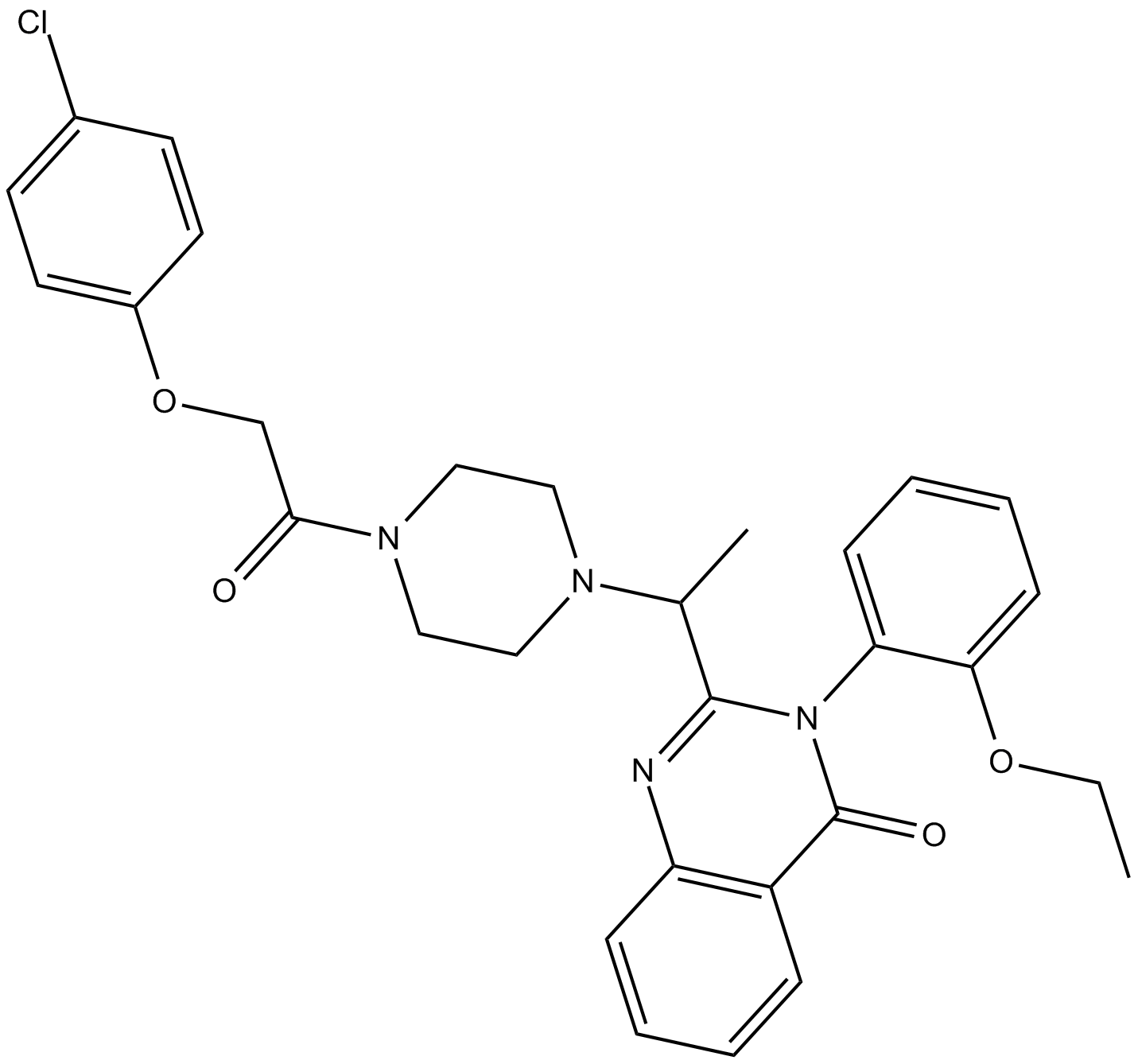
-
GC43623
Erastin2
Erastin2 is a potent system xc- inhibitor and ferroptosis-inducing agent [1].

-
GC36011
Ethylenediaminetetraacetic acid trisodium salt
Ethylenediaminetetraacetic acid trisodium salt (EDTA trisodium salt) is used to bind metal ions in the practice of chelation therapy, for treating mercury and lead poisoning, used in a similar manner to remove excess iron from the body, for treating the complication of repeated blood transfusions, as would be applied to treat thalassaemia.
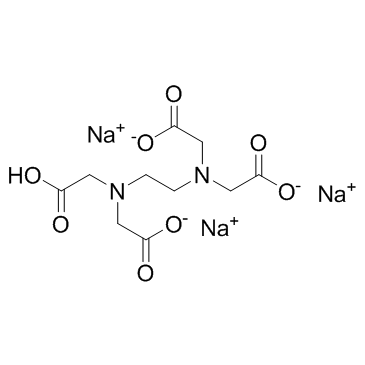
-
GC16517
Eugenol
naturally occuring scent chemical
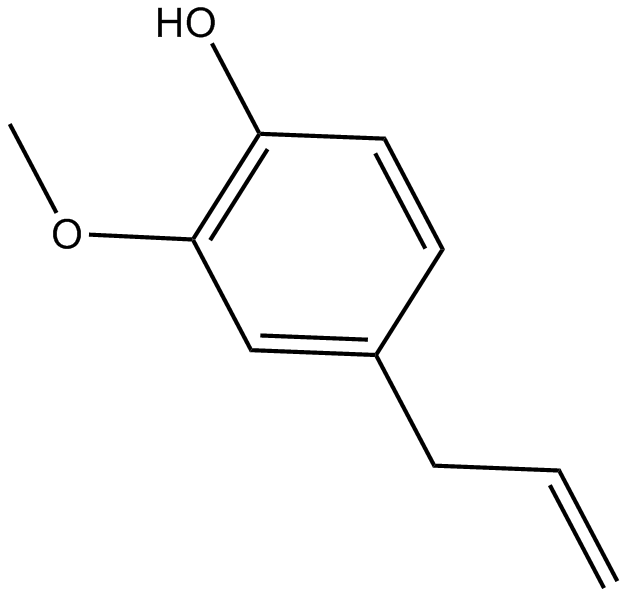
-
GC10380
Ferrostatin-1 (Fer-1)
A ferroptosis inhibitor
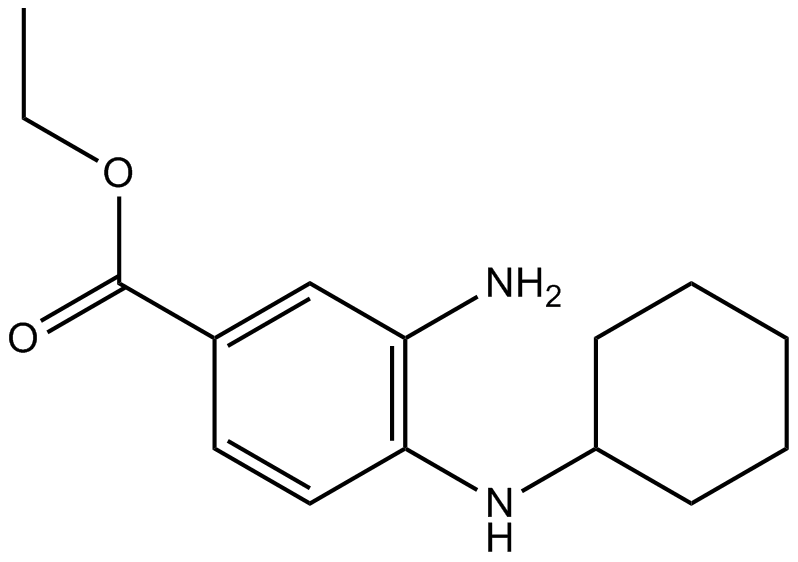
-
GC40211
Ferrostatin-1 Diyne
Ferrostatin-1 diyne is a ferroptosis inhibitor and analog of ferrostatin-1.

-
GC13139
FG-4592 (ASP1517)
An inhibitor of HIF-PH enzymes

-
GC30039
FIN56
FIN56, a novel ferroptosis inducer, triggers ferroptosis by increasing the degradation of GPX4 .
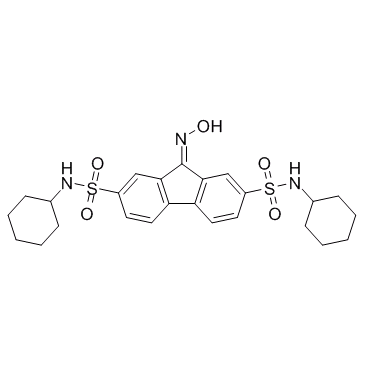
-
GC15541
Fluvastatin Sodium
An HMG-CoA reductase inhibitor
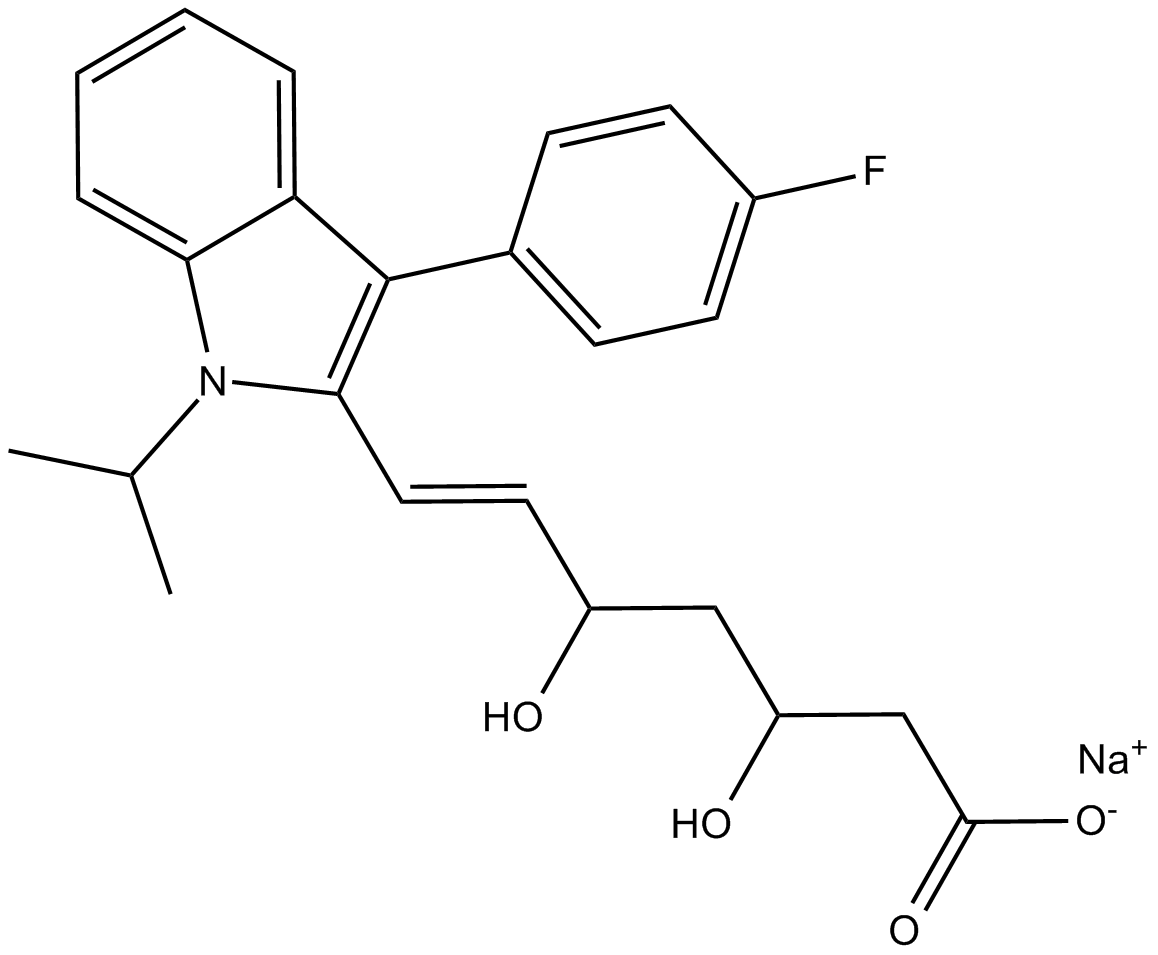
-
GN10388
Gallic acid

-
GC61436
Gallic acid hydrate
Gallic acid (3,4,5-Trihydroxybenzoic acid) hydrate is a natural polyhydroxyphenolic compound and an free radical scavenger to inhibit cyclooxygenase-2 (COX-2).
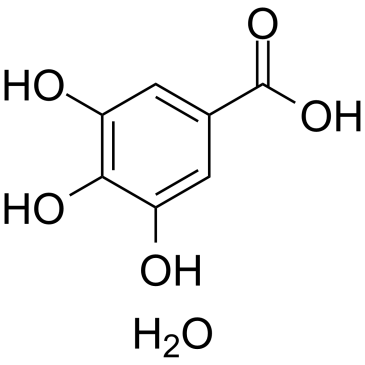
-
GC11882
GKT137831
GKT137831 (GKT137831) is a selective NADPH oxidase (NOX1/4) inhibitor with Kis of 140 and 110 nM, respectively.
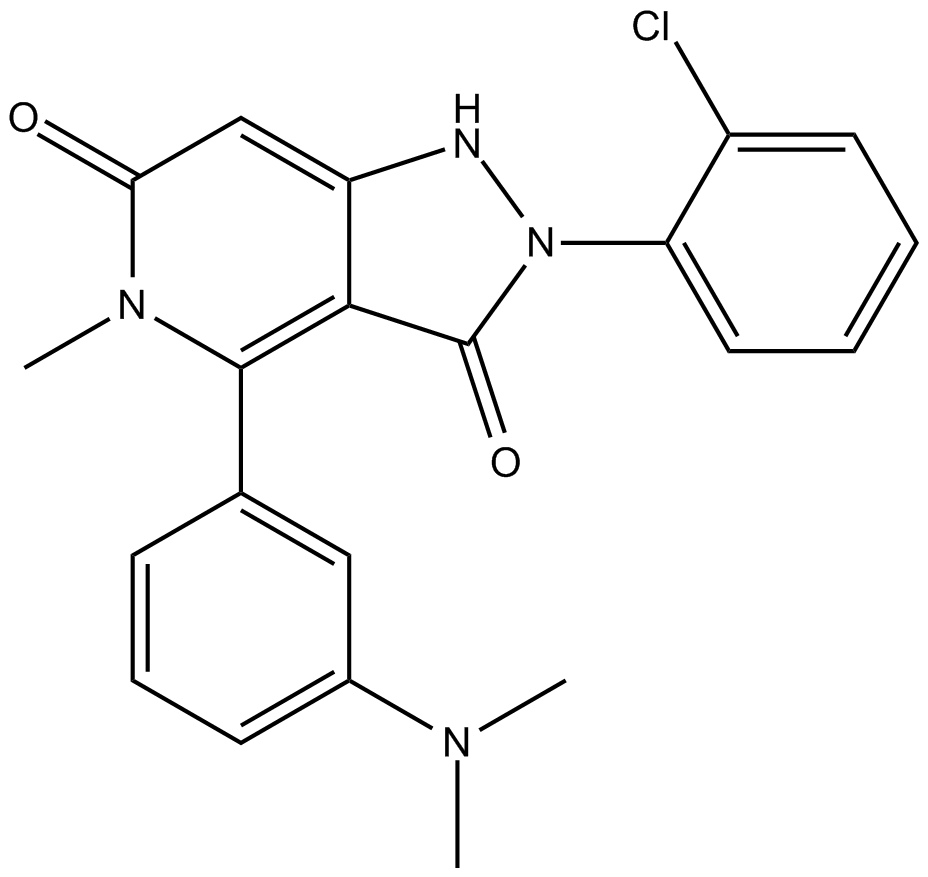
-
GC41293
Glutathione ethyl ester
Glutathione (GSH) serves as a nucleophilic co-substrate to glutathione transferase in the detoxification of xenobiotics and is an essential electron donor to glutathione peroxidases in the reduction of hydroperoxides.

-
GC49697
GPX4 Inhibitor 26a
A GPX4 inhibitor

-
GA11257
H-Cys-OH

-
GA10942
H-D-Gln-OH
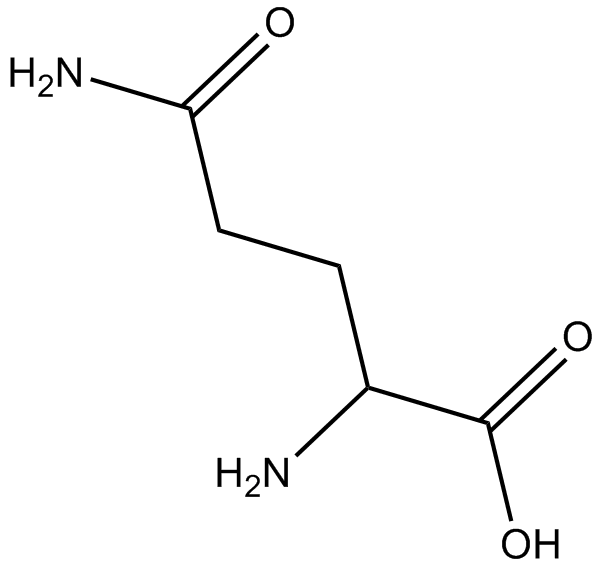
-
GA10750
H-Glu-OH
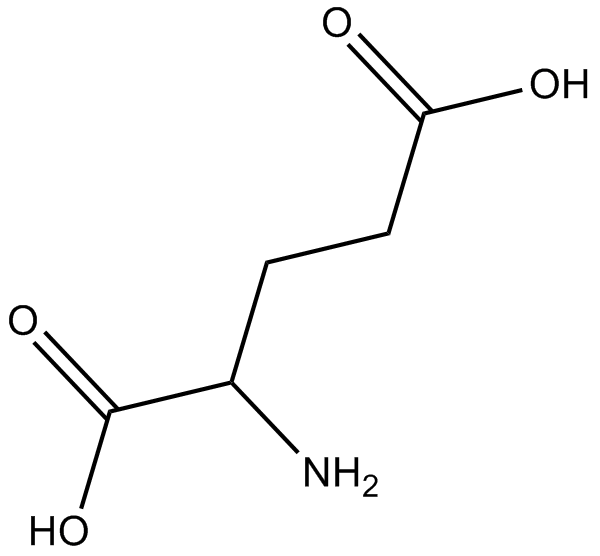
-
GC14591
Hemin chloride
Hemin chloride is an iron-containing porphyrin.
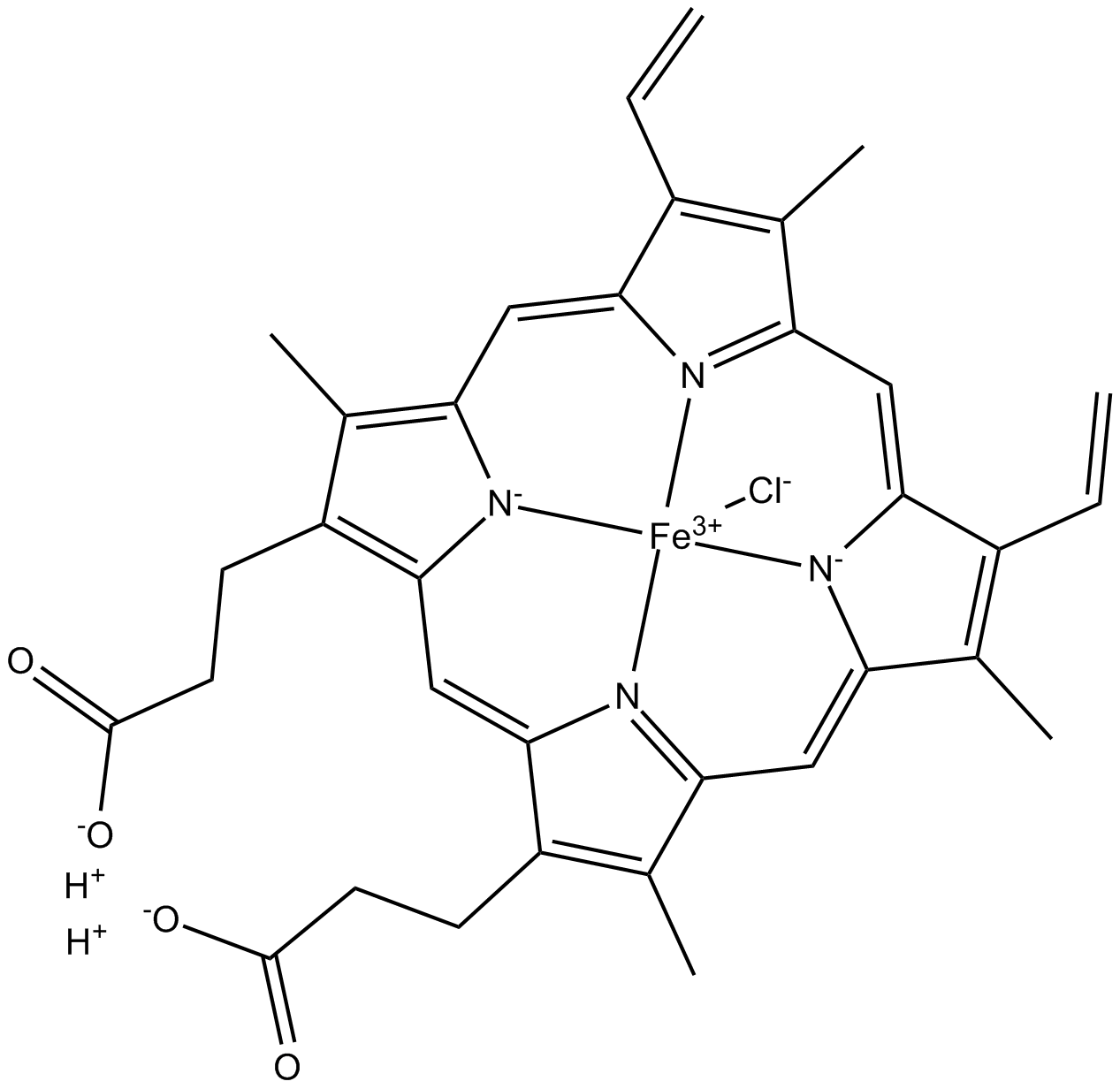
-
GC15972
Idebenone
synthetic analog of coenzyme Q10 (CoQ10)
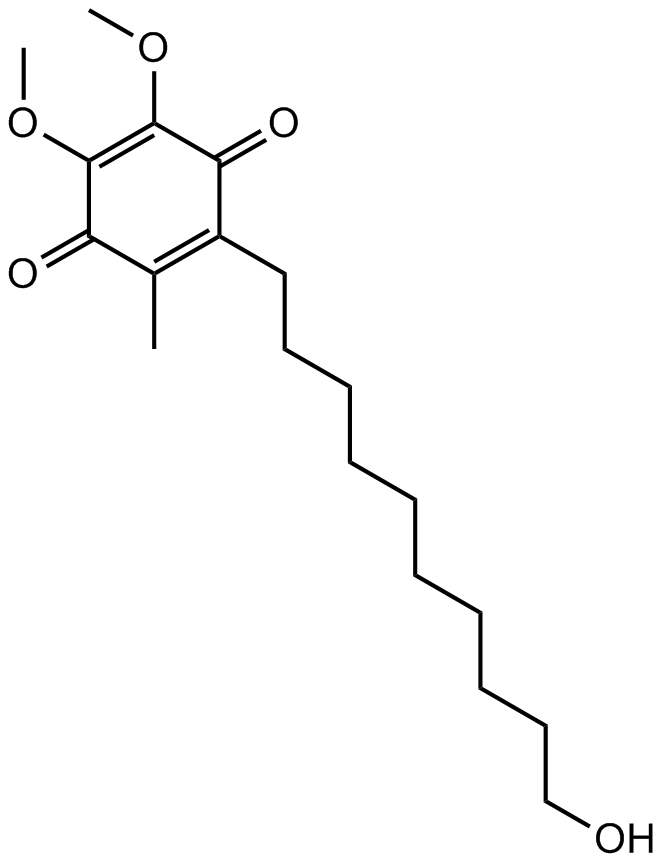
-
GC45928
iFSP1
An inhibitor of AIFM2/FSP1

-
GC45793
IM-93
A dual inhibitor of ferroptosis and NETosis

-
GC52190
Imidazole Ketone Erastin
Imidazole Ketone Erastin is a ferroptosis inducer.

-
GC47477
JKE-1674
A GPX4 inhibitor and active metabolite of ML-210

-
GC47478
JKE-1716
A GPX4 inhibitor

-
GC33098
L-Buthionine-(S,R)-sulfoximine (L-Butionine sulfoximine)
L-Buthionine-(S,R)-sulfoximine (L-Butionine sulfoximine) is a cell-permeable, potent, fast acting and irreversible inhibitor of g-glutamylcysteine synthetase and depletes cellular glutathione levels. The IC50 value of L-Buthionine-(S,R)-sulfoximine (L-Butionine sulfoximine) on melanoma, breast and ovarian tumor specimens are 1.9 μM, 8.6 μM, and 29 μM, respectively.
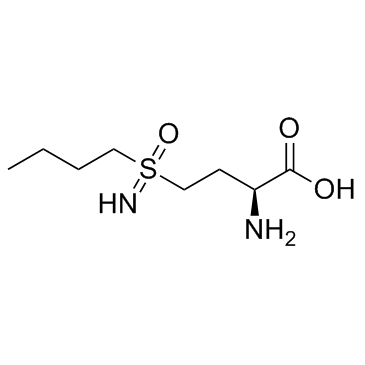
-
GC62643
L-Buthionine-(S,R)-sulfoximine hydrochloride
L-Buthionine-(S,R)-sulfoximine hydrochloride is a cell-permeable, potent, fast acting, orally active and irreversible inhibitor of g-glutamylcysteine synthetase and depletes cellular glutathione levels.
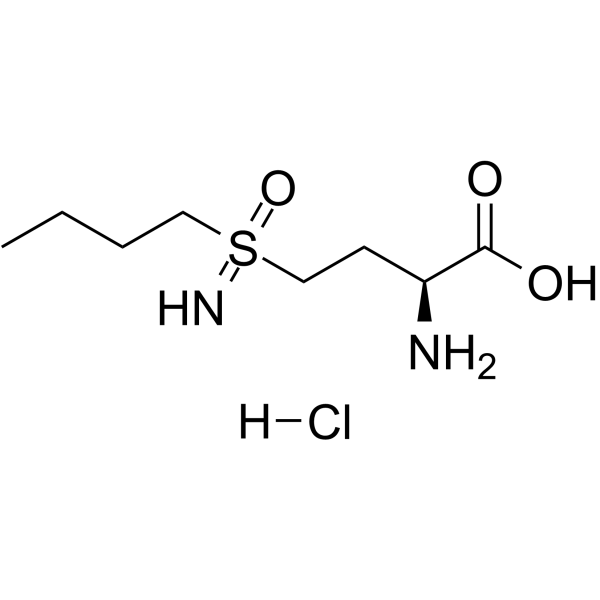
-
GC30788
L-Glutamic acid monosodium salt (Monosodium glutamate)
L-Glutamic acid monosodium salt (Monosodium glutamate) acts as an excitatory transmitter and an agonist at all subtypes of glutamate receptors (metabotropic, kainate, NMDA, and AMPA).
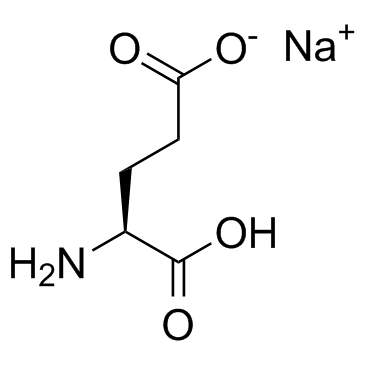
-
GC64352
L-Glutamic acid-15N
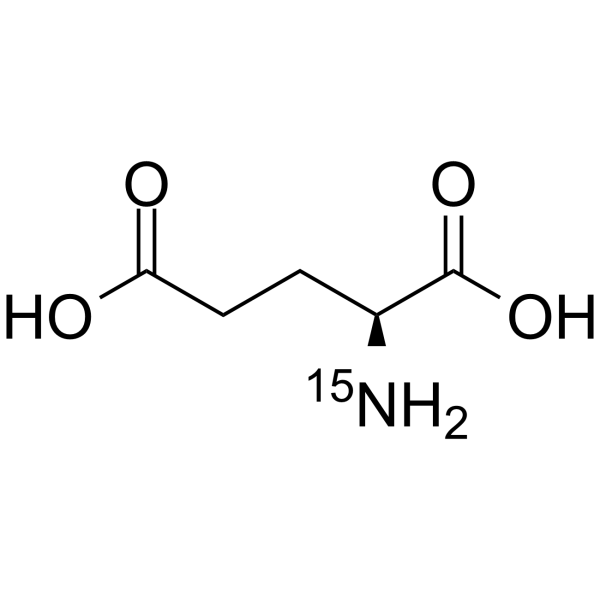
-
GC65095
L-Glutamic acid-d5
L-Glutamic acid-d5 is the deuterium labeled L-Glutamic acid.
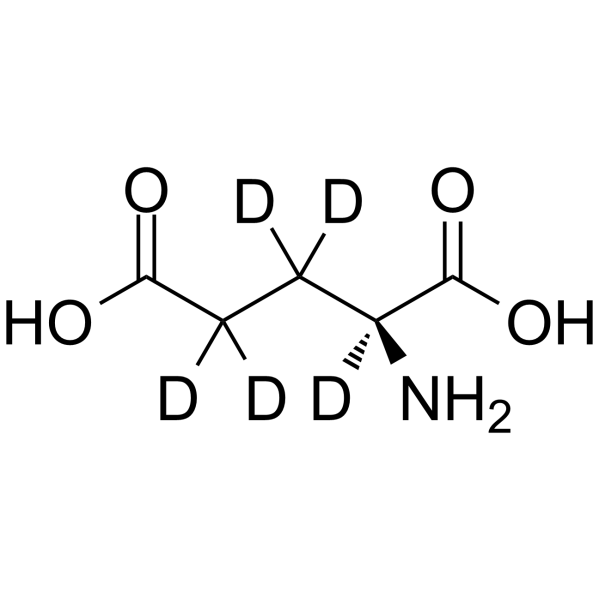
-
GC17498
L-Glutamine
Non-essential amino acid
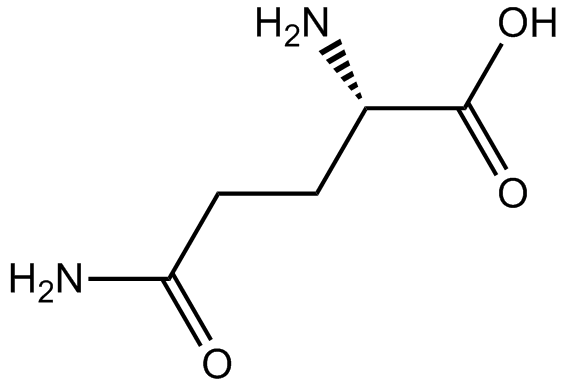
-
GC65068
L-Glutamine 15N
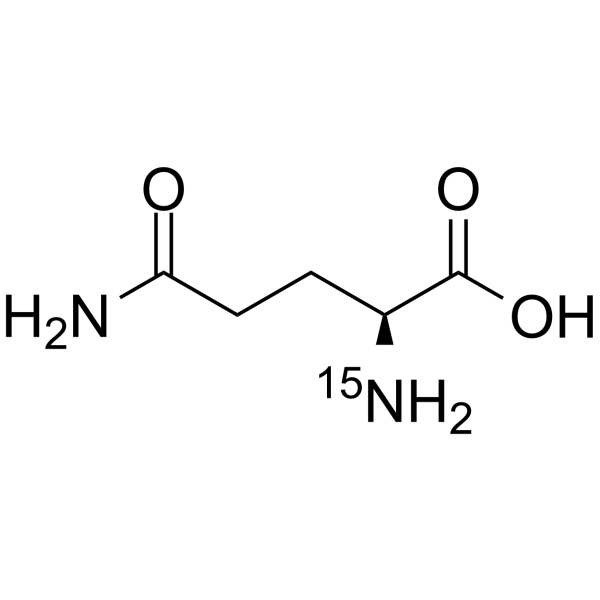
-
GC12203
L-Glutathione Reduced
Used to elute GST from glutathione agarose
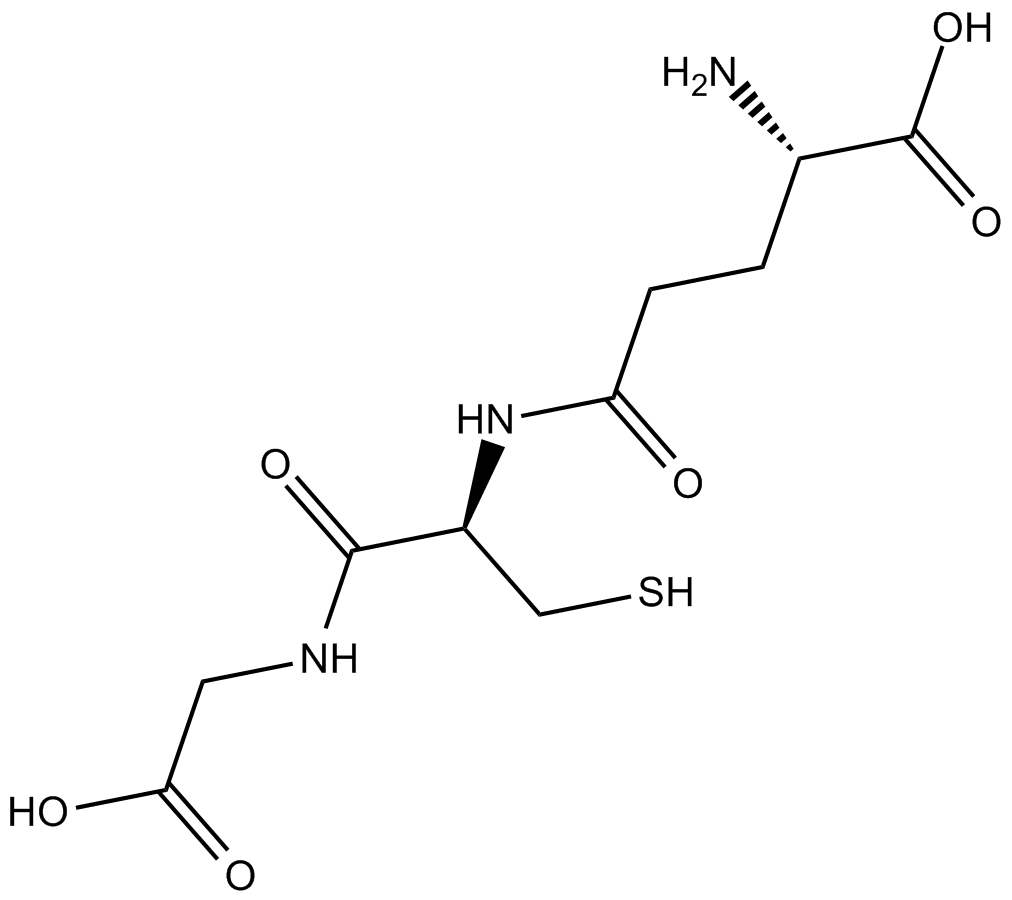
-
GC49560
L6H21
L6H21, a Chalcone derivative, is an orally active, potent and specific myeloid differentiation 2 (MD-2) inhibitor.

-
GC14827
Linagliptin (BI-1356)
A potent DPP-4 inhibitor
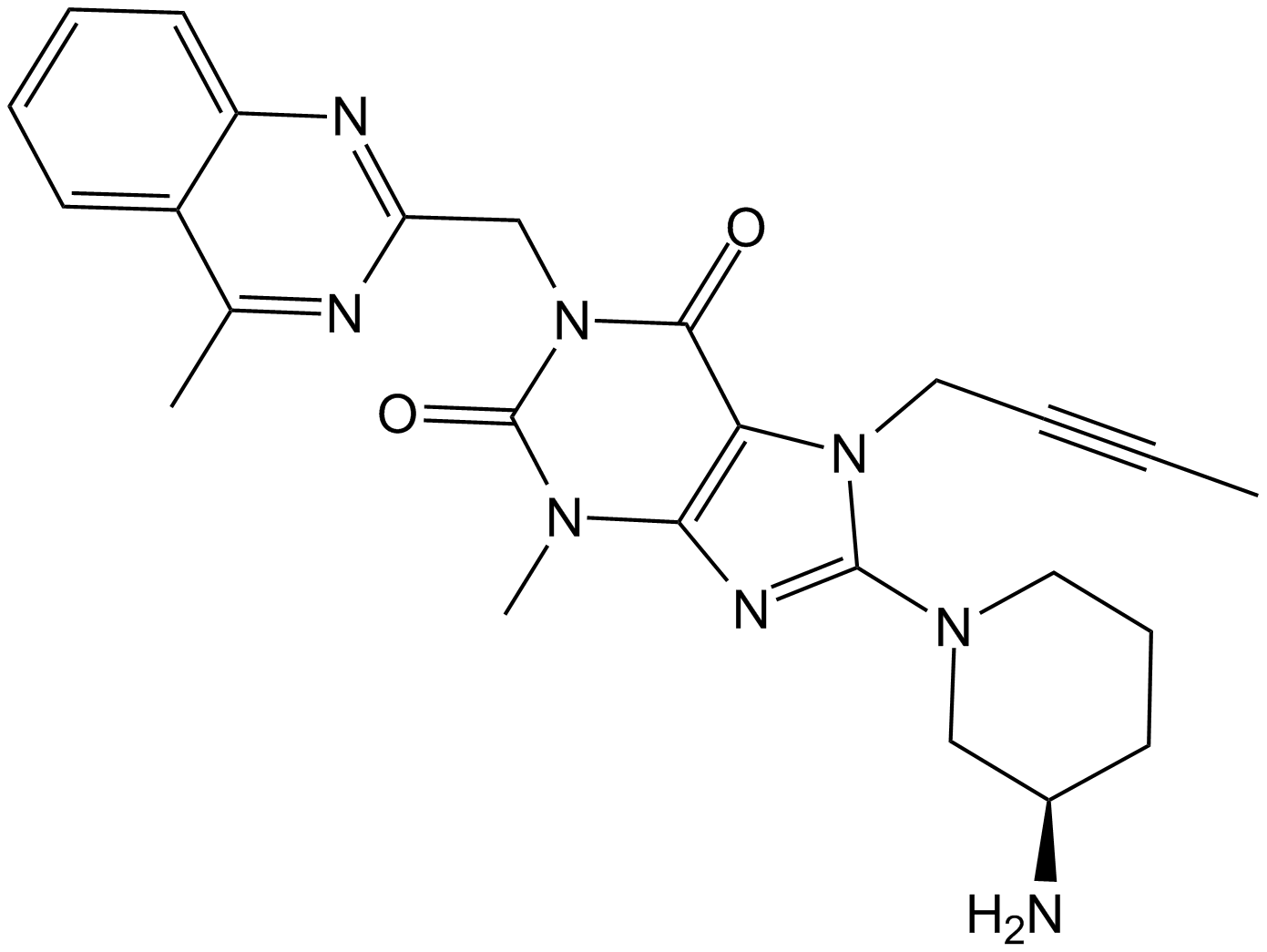
-
GC15681
Liproxstatin-1
Liproxstatin-1 is a potent inhibitor of ferroptosis and can protect against ferroptosis-inducing agents, such as buthionine sulfoxamine (BSO), erastin, and (1S,3R)-RSL3 (RSL3).
